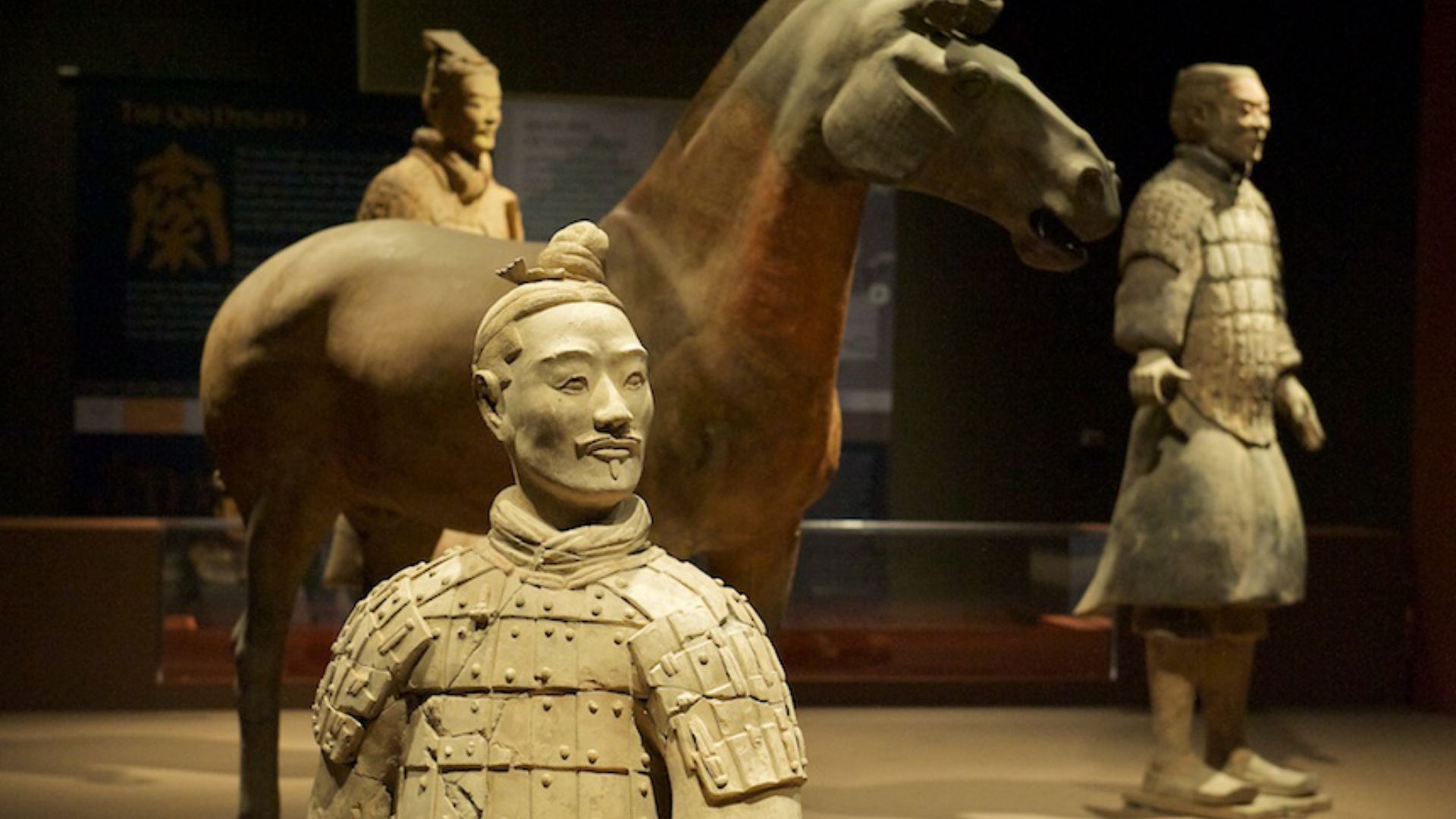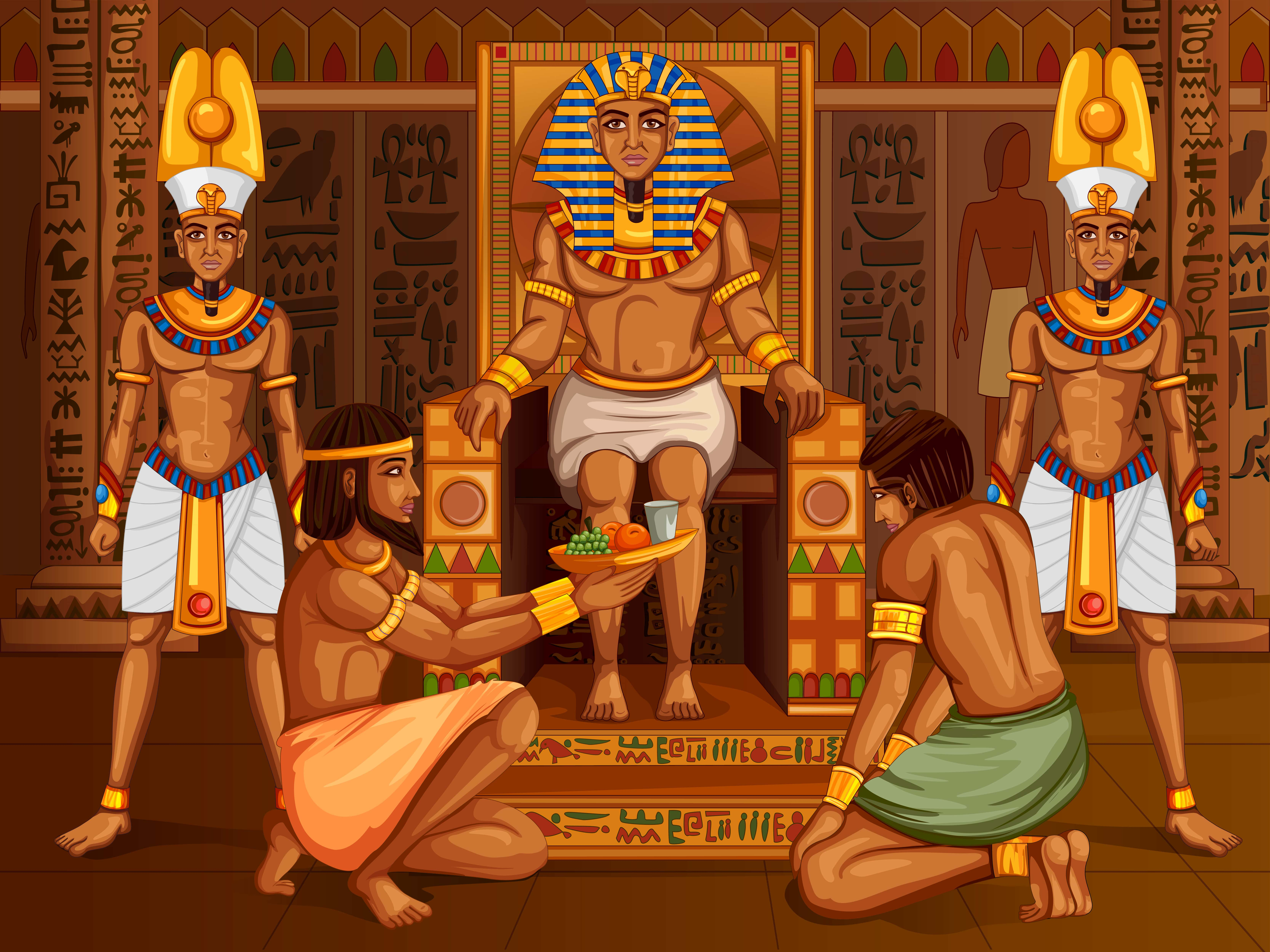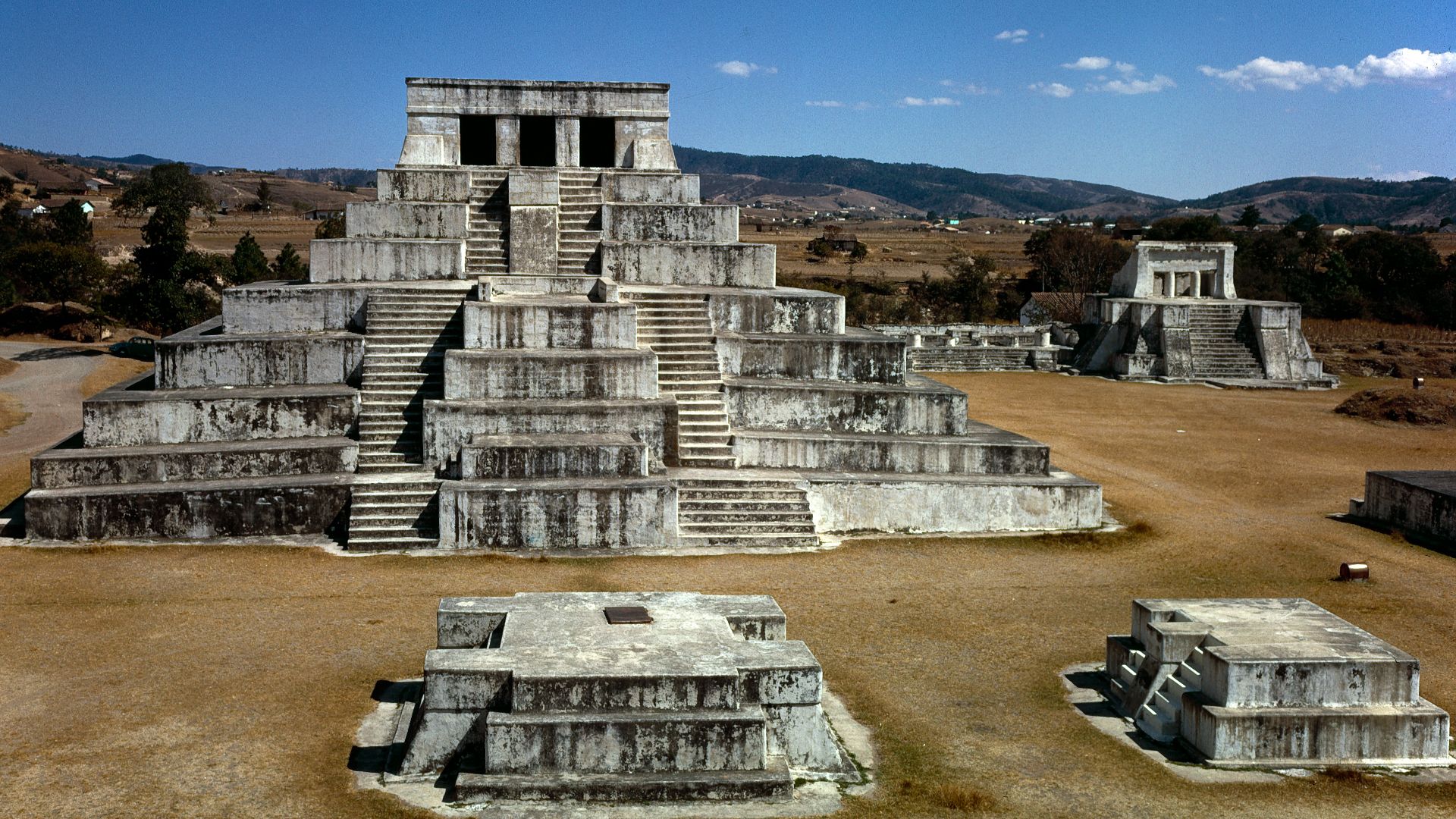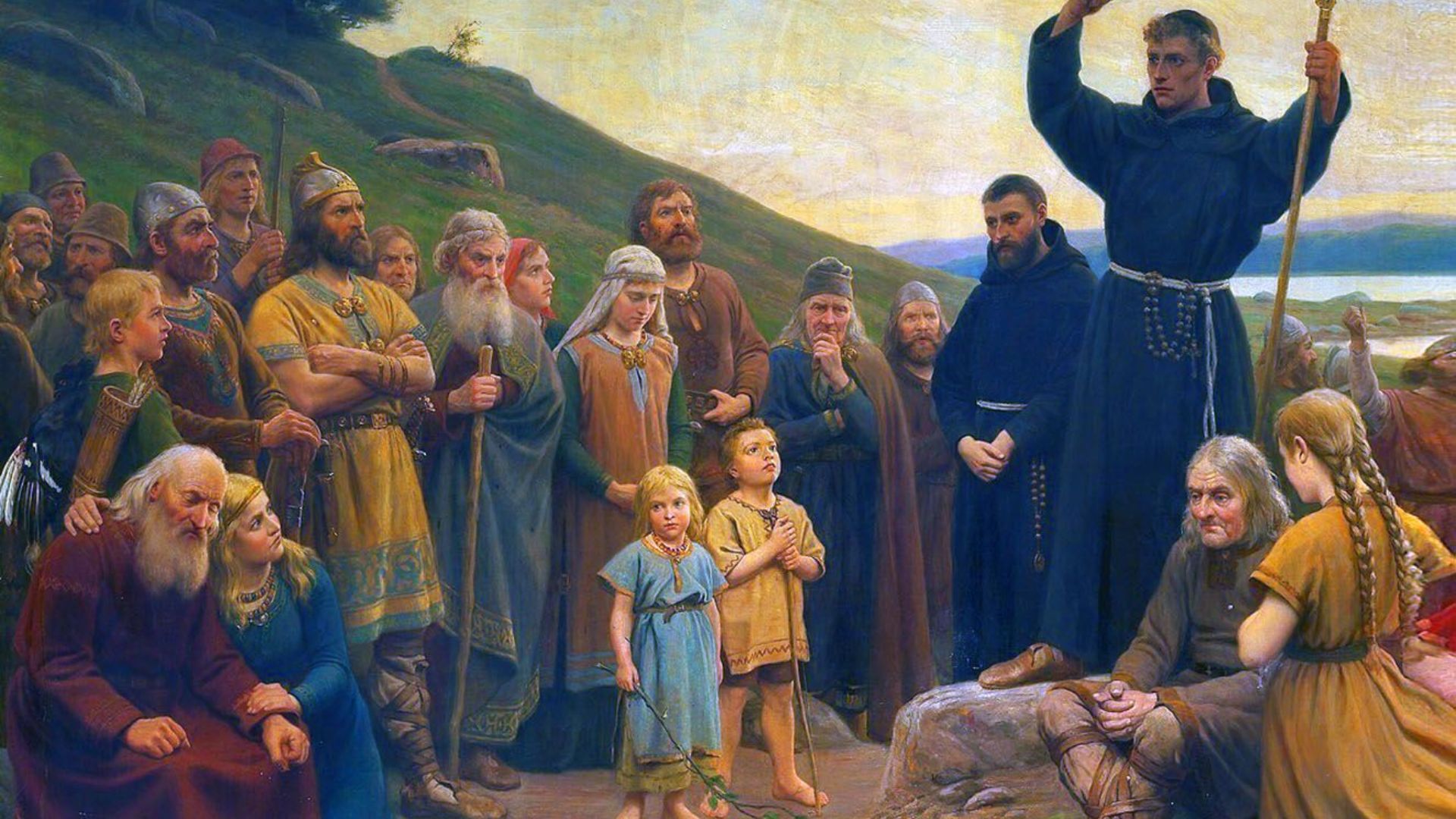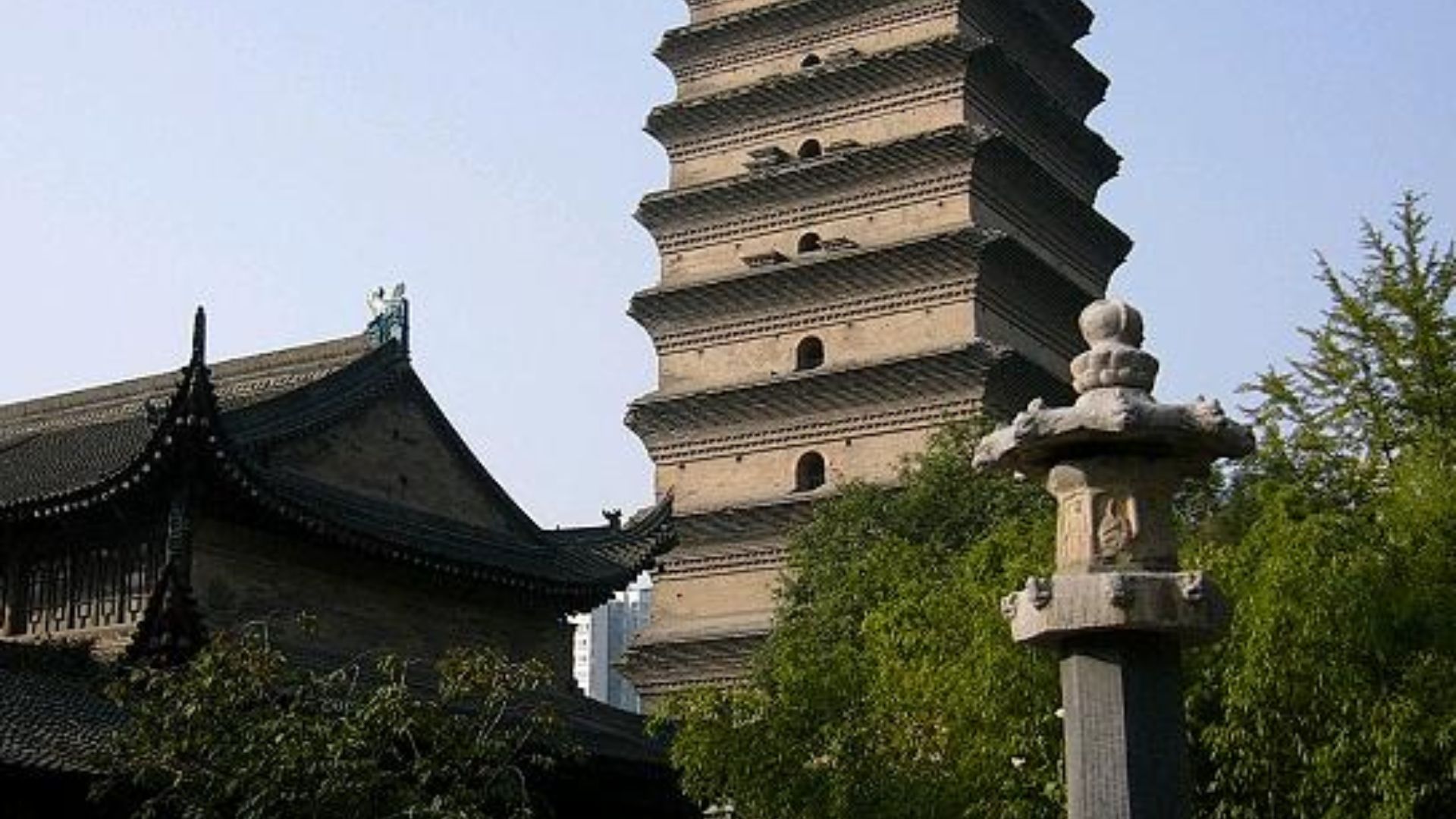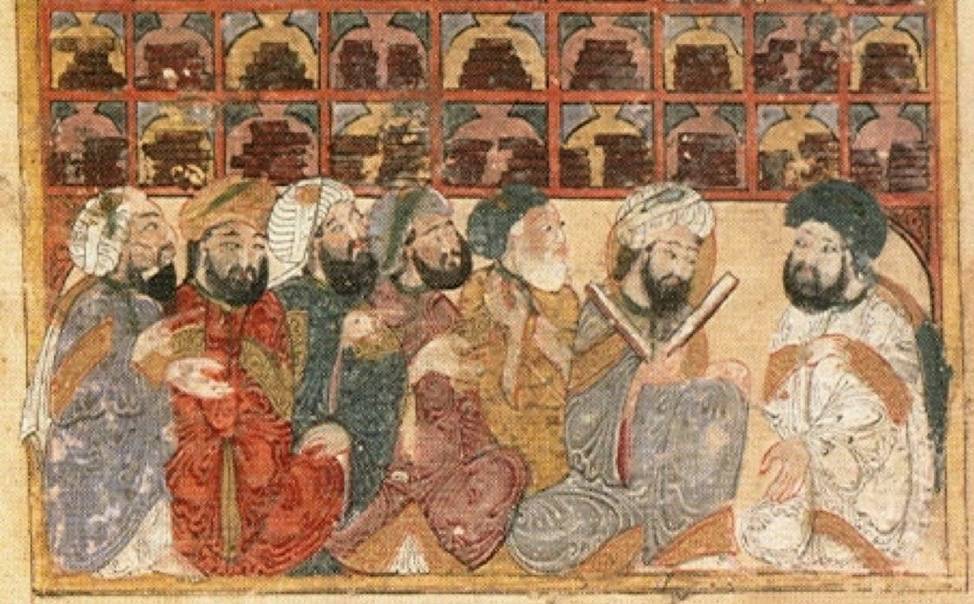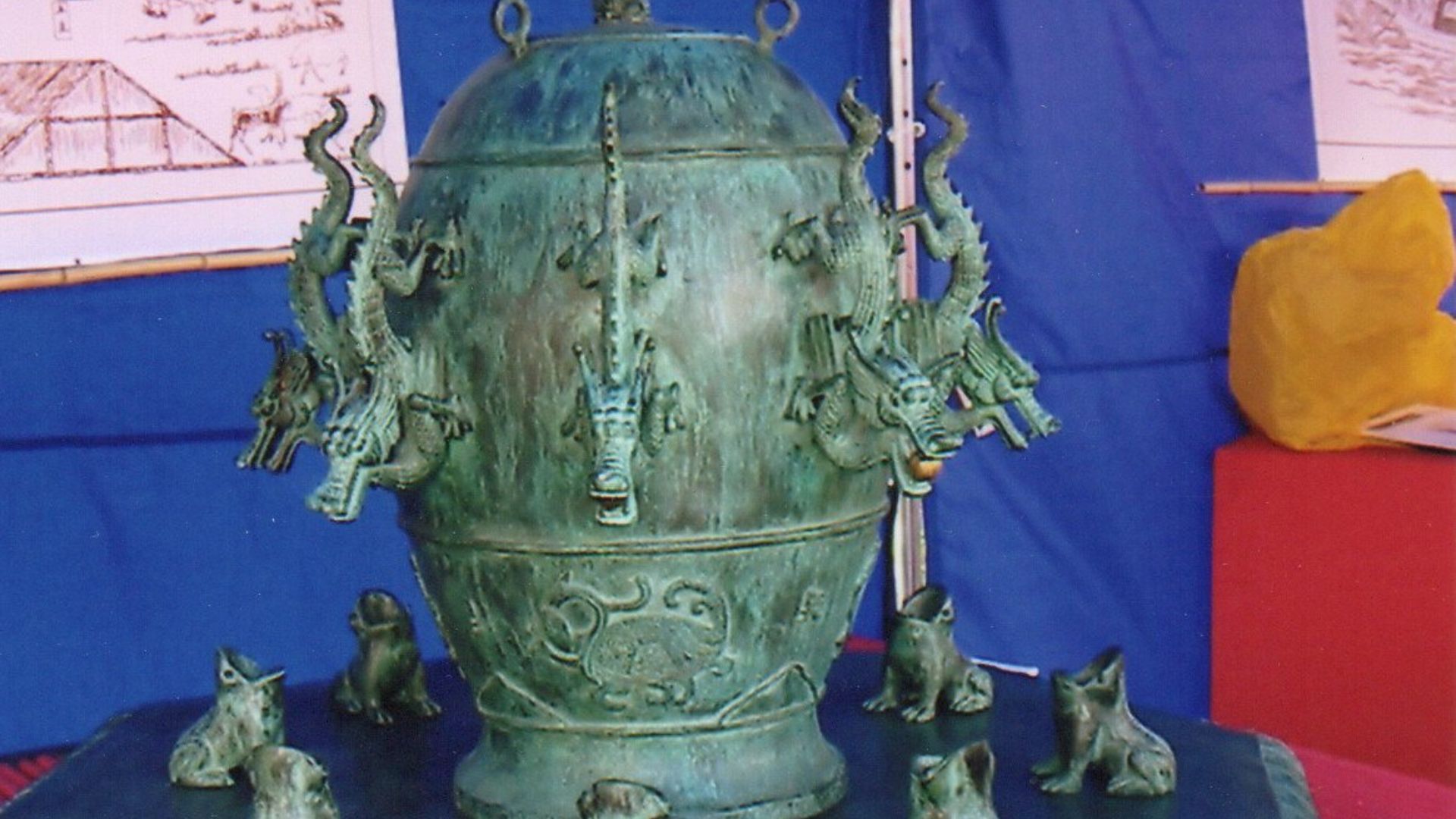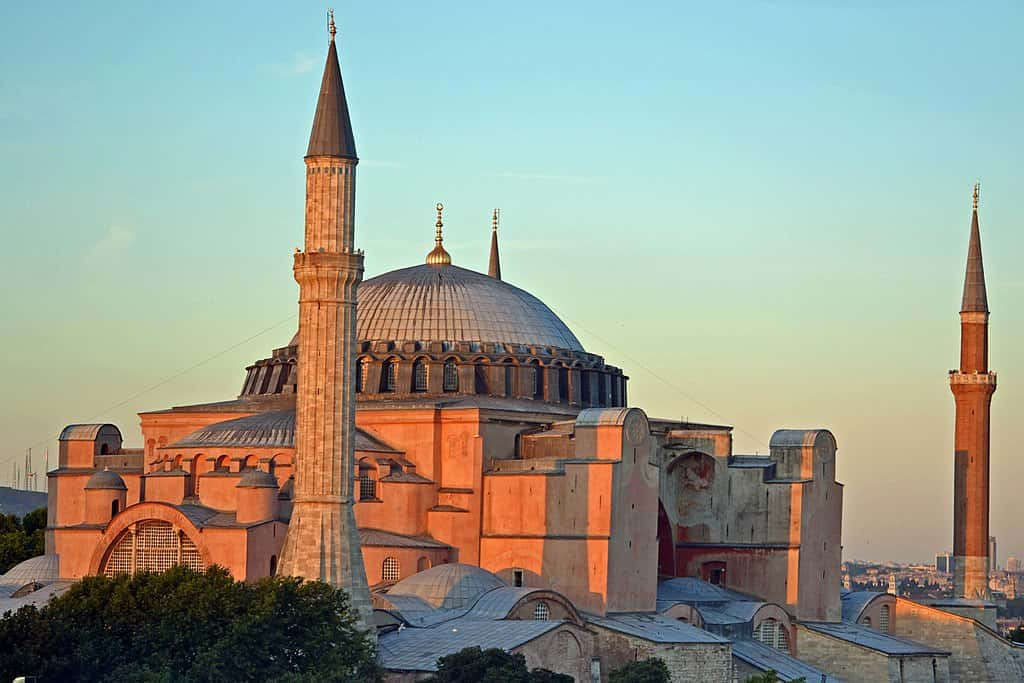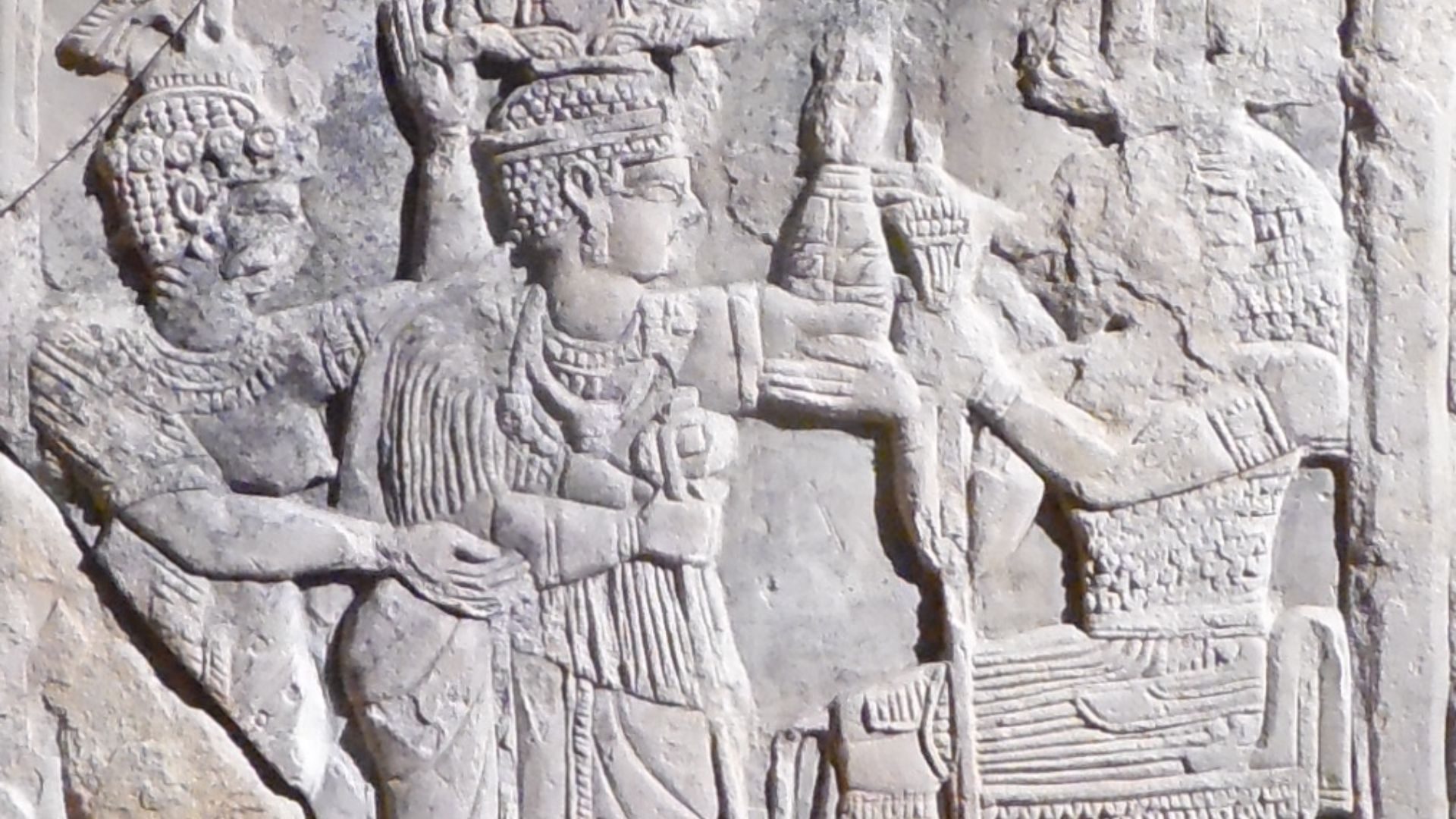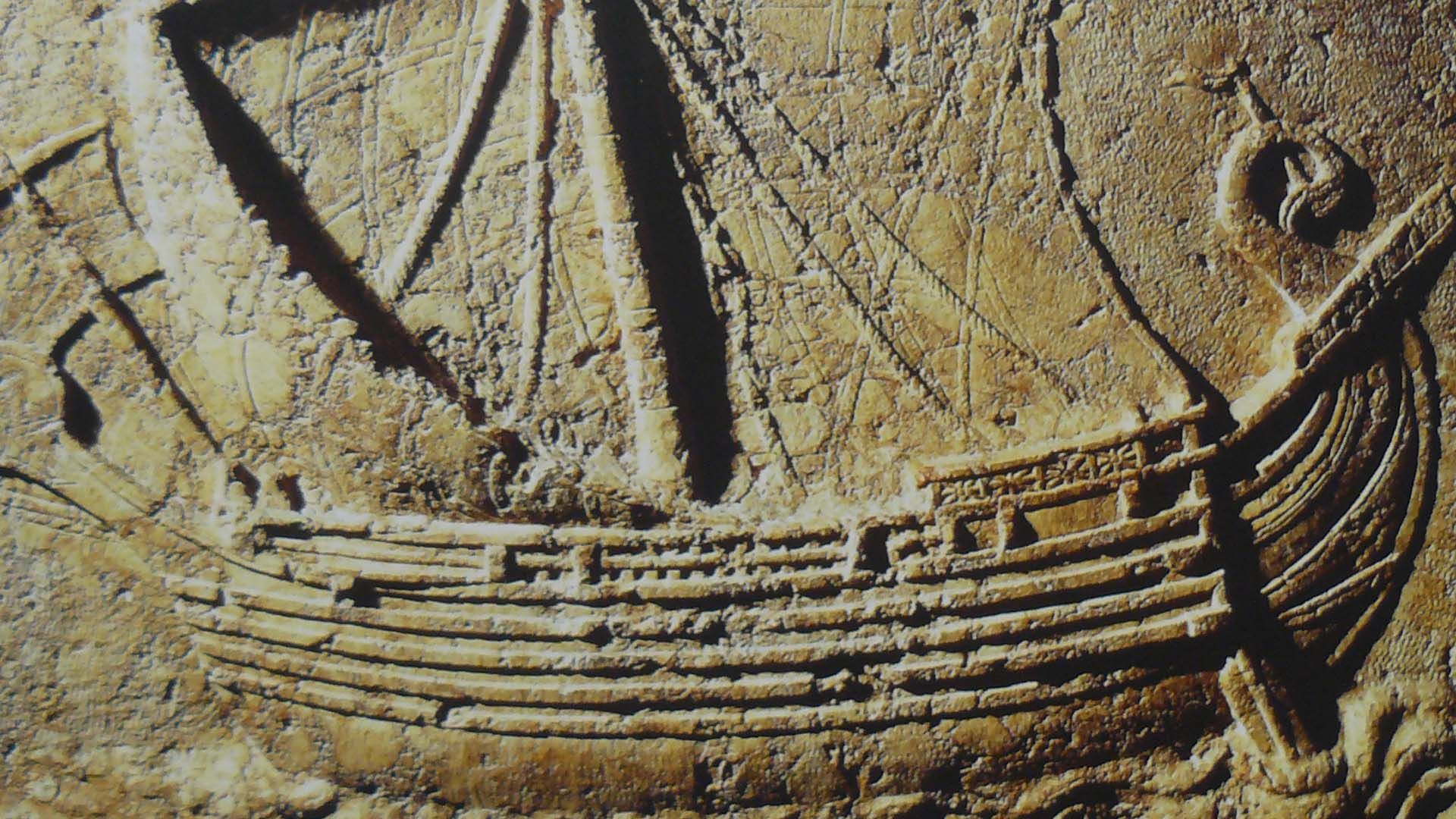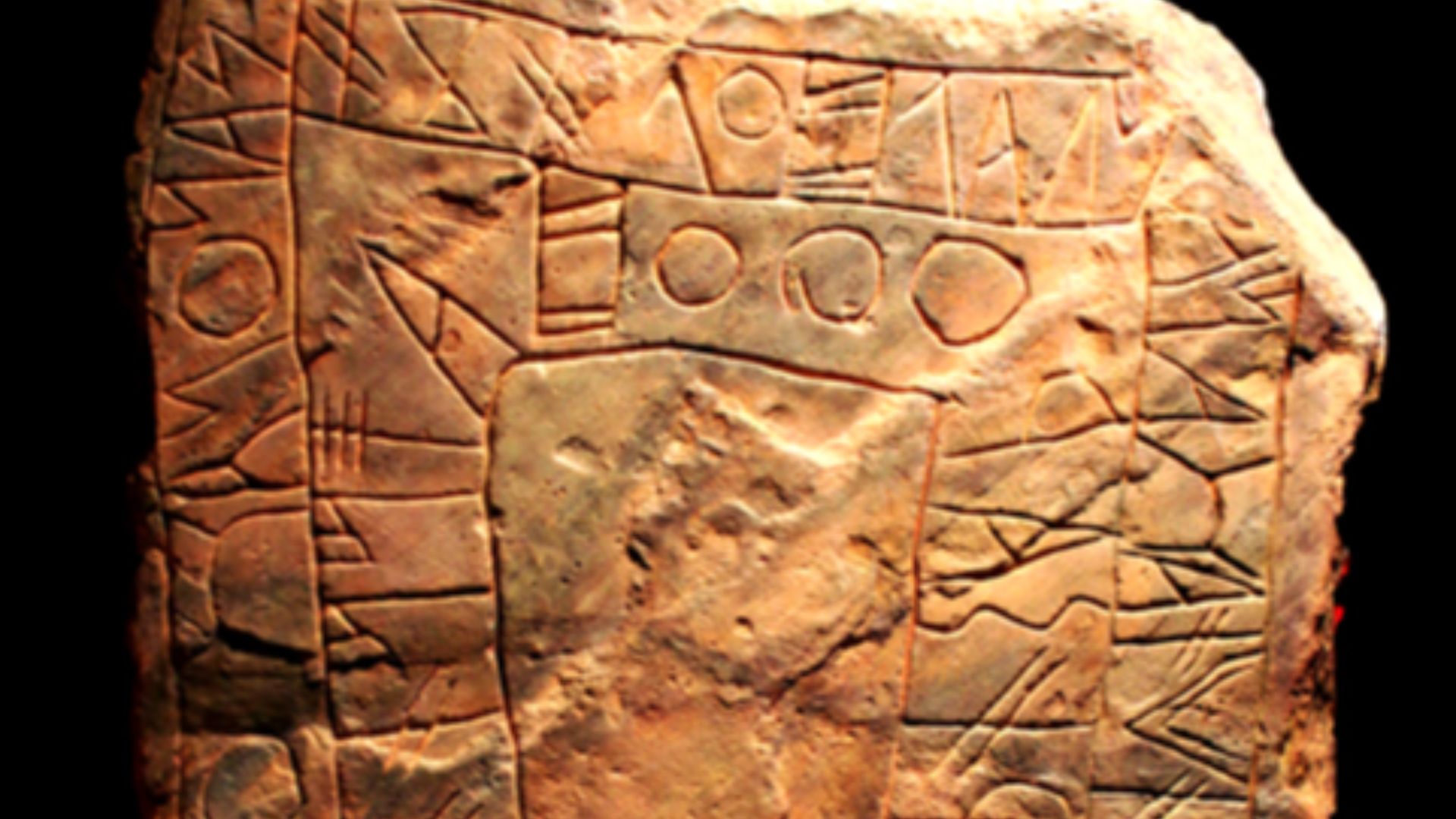Paradise Or Punishment?
Unlike your history textbooks, the past wasn't just about dates and dusty ruins. Real people lived, loved, and sometimes suffered horribly, depending entirely on when and where they were born.

Assyrian Empire
The Assyrians pioneered psychological warfare in ways that would make modern dictators squirm. Their military campaigns featured brutal tactics like flaying enemies alive and decorating city walls with human skin. They even constructed pyramids of severed heads outside conquered cities as warnings.
 Austen Henry Layard, Wikimedia Commons
Austen Henry Layard, Wikimedia Commons
Assyrian Empire (Cont.)
Life within Assyrian borders wasn't much better. Citizens lived under constant surveillance by the king's spies, and minor infractions could result in public torture. Their kings proudly displayed their cruelty in royal inscriptions, with Ashurnasirpal II famously recording how he “made a pillar of heads”.
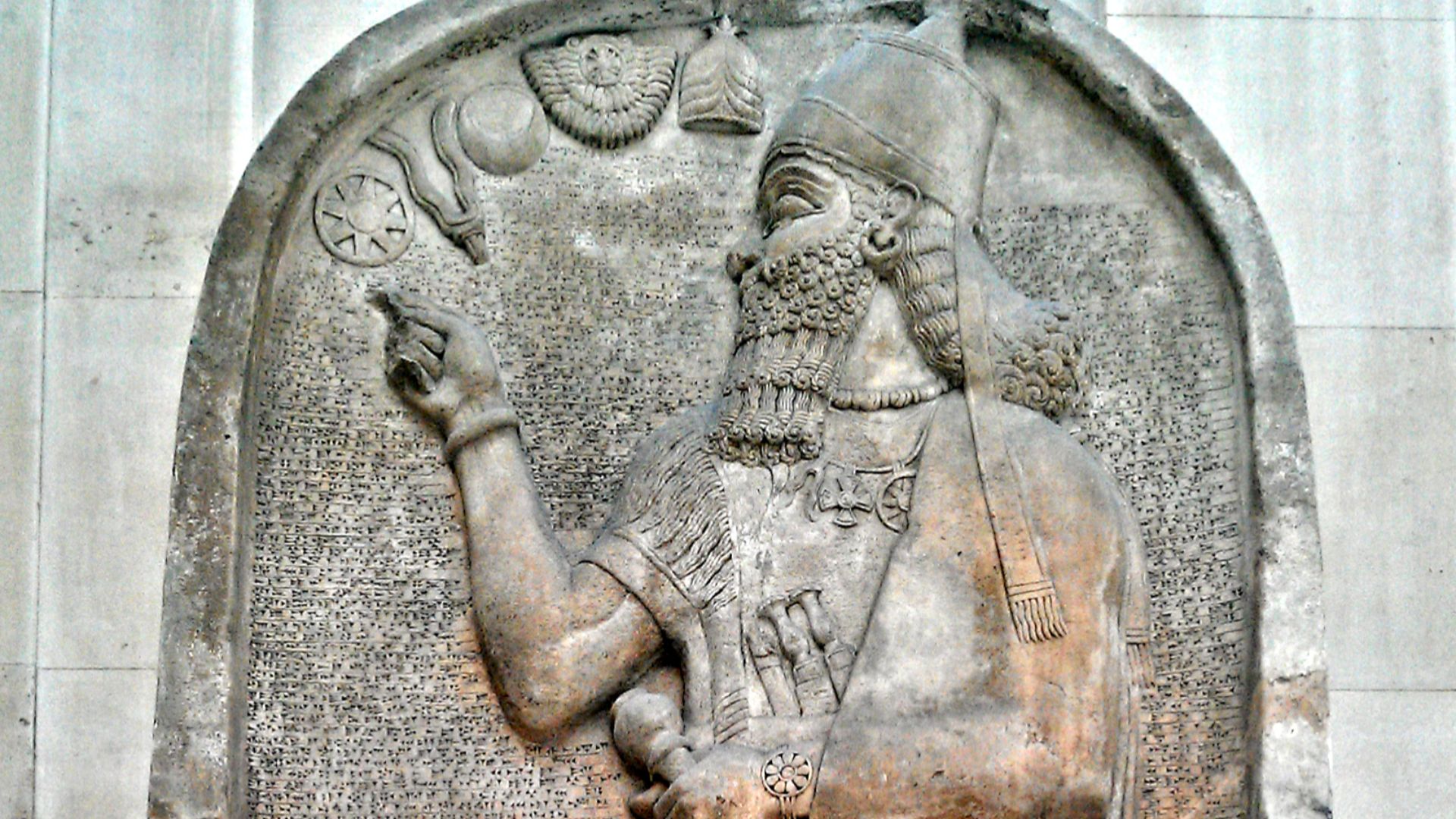 Andres Rueda, Wikimedia Commons
Andres Rueda, Wikimedia Commons
Aztec Empire
Blood literally kept the world turning in Aztec belief. Their creation myth taught that gods sacrificed themselves to create humans, so humans needed to feed the gods with blood in return. Hundreds were sacrificed annually. Their hearts were cut out while still beating on temple steps.
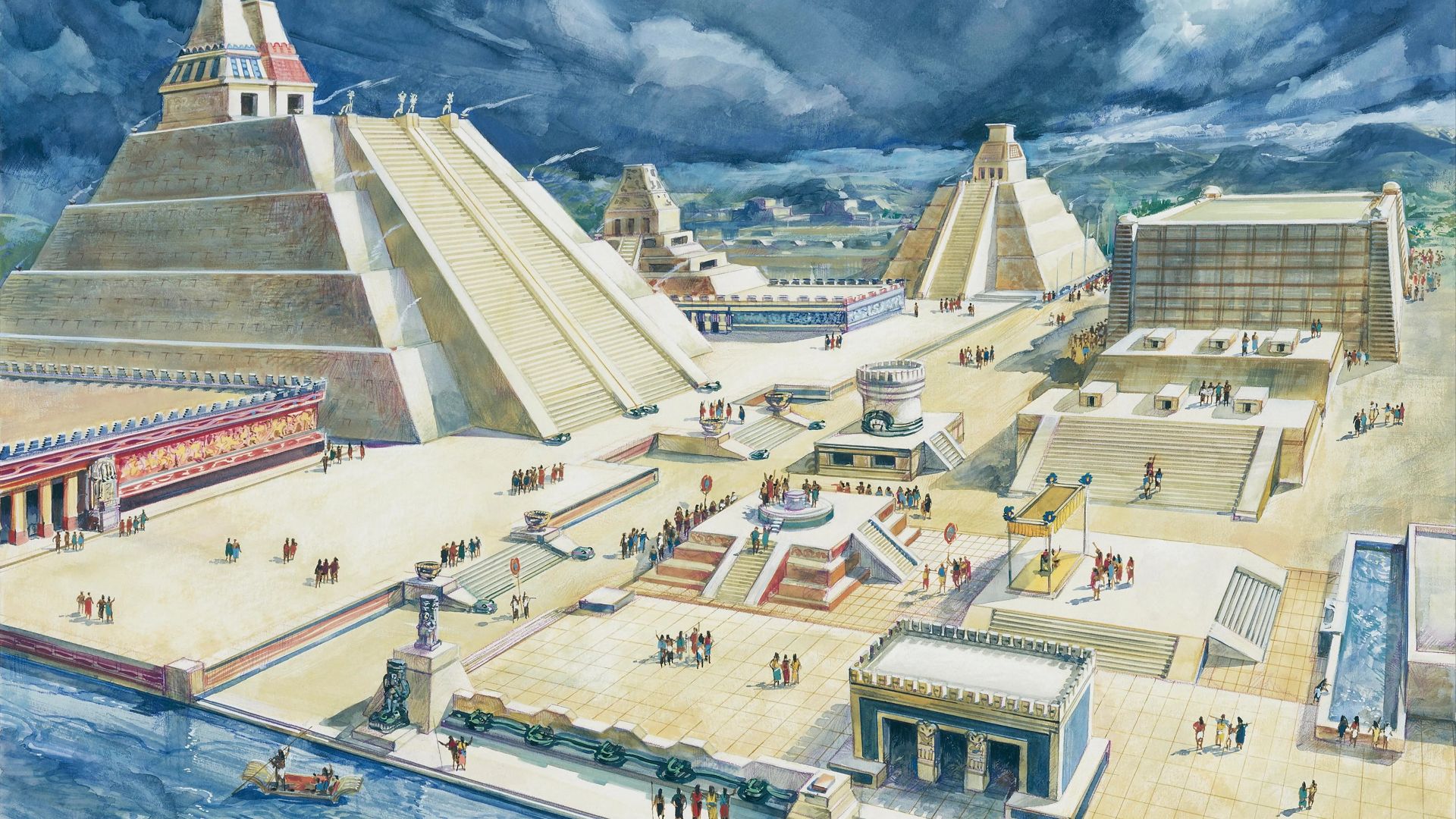 Attributed to Diego Rivera, Wikimedia Commons
Attributed to Diego Rivera, Wikimedia Commons
Aztec Empire (Cont.)
In terms of daily life, it revolved around strict social hierarchies that determined everything. Commoners faced death for wearing cotton (reserved for nobles), and slavery was a common punishment for even minor crimes. Most shocking? Many sacrifice victims went willingly, believing their deaths prevented cosmic destruction.
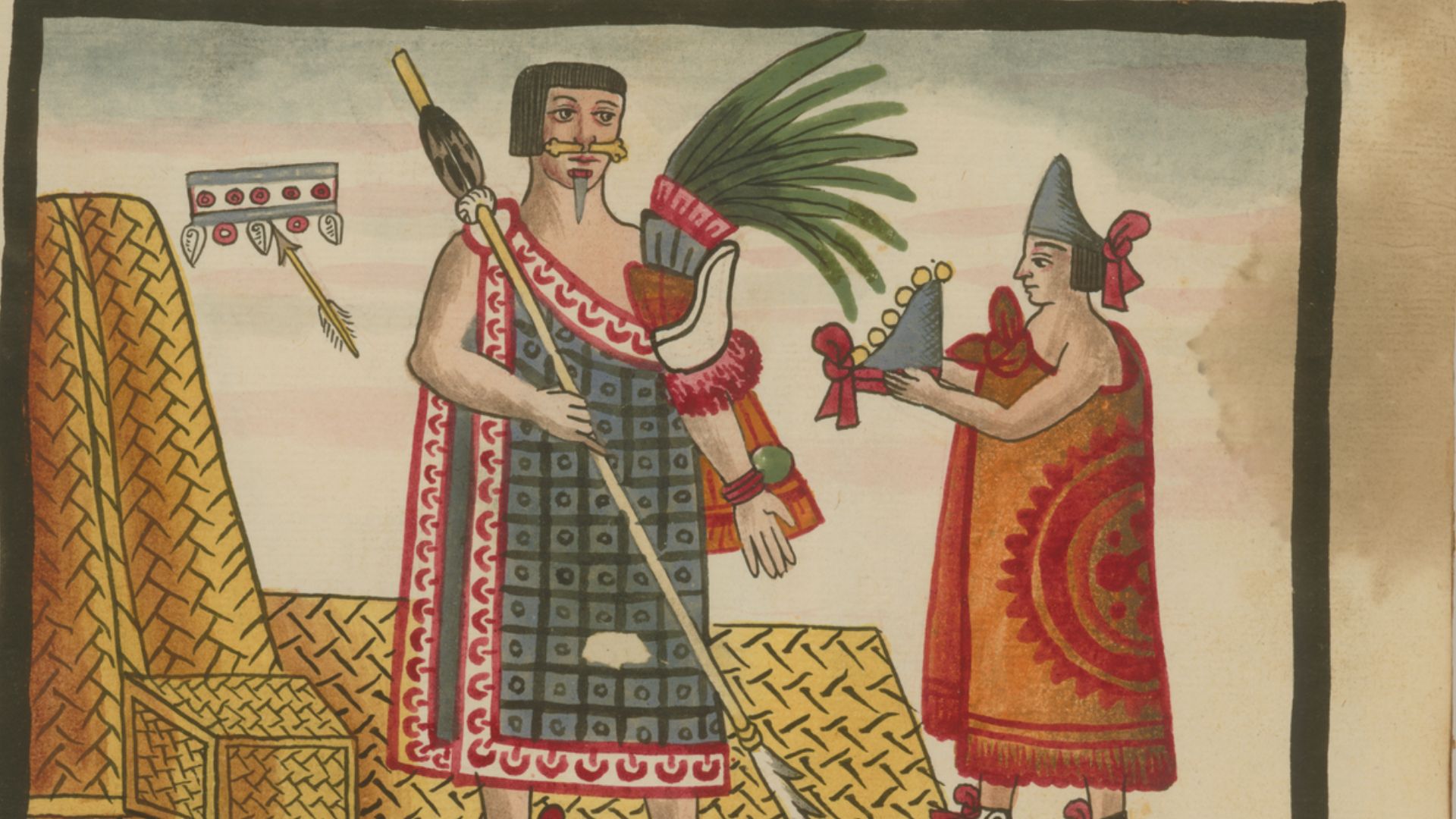 Tovar, Juan de, circa 1546-circa 1626, Wikimedia Commons
Tovar, Juan de, circa 1546-circa 1626, Wikimedia Commons
Sparta
From the moment of birth, your fate in Sparta was determined by elders who inspected newborns for defects. Those deemed weak were abandoned on Mount Taygetus to die of exposure. The survivors faced perhaps history's most notorious educational system, known as the agoge.
 Jean-Pierre Saint-Ours, Wikimedia Commons
Jean-Pierre Saint-Ours, Wikimedia Commons
Sparta (Cont.)
Boys left home at age 7 to start military training, where beatings were routine and stealing food was encouraged (but getting caught meant more beatings). Apparently, women had unusual freedom compared to other Greek societies, but this was to produce stronger soldiers.
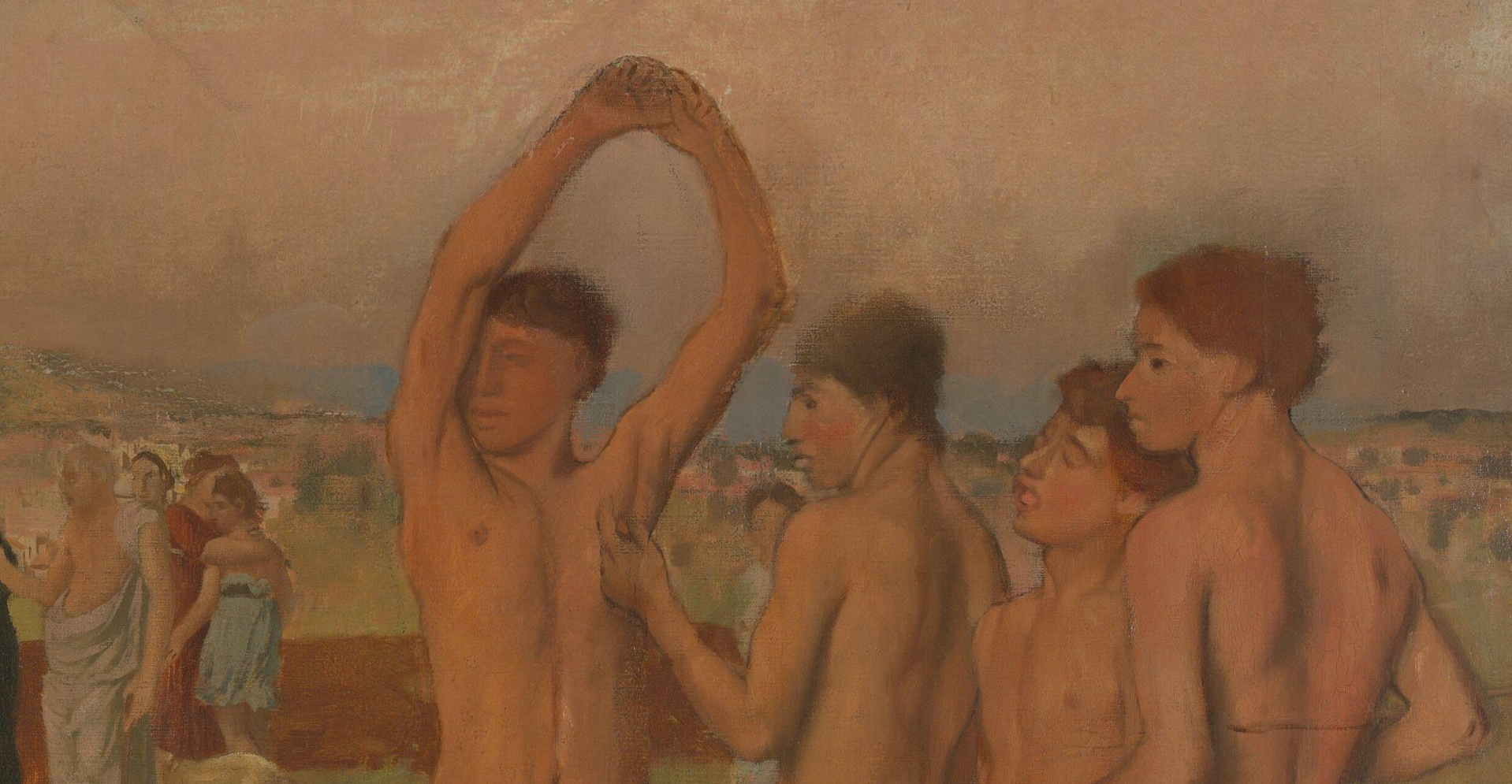 Edgar Degas, Wikimedia Commons
Edgar Degas, Wikimedia Commons
Qin Dynasty China
Well, the First Emperor united China through ruthlessness that was unmatched in history. His legal system, Legalism, made family members responsible for each other's crimes. If one person broke the law, entire families could be executed. Historians have recorded one incident of some scholars being buried alive.
Qin Dynasty China (Cont.)
What made daily life particularly hellish was the massive forced labor projects. The Great Wall's early construction alone killed an estimated million workers. Peasants were tattooed and tracked like property, with punishments including having their noses cut off or being sawn in half at the waist.
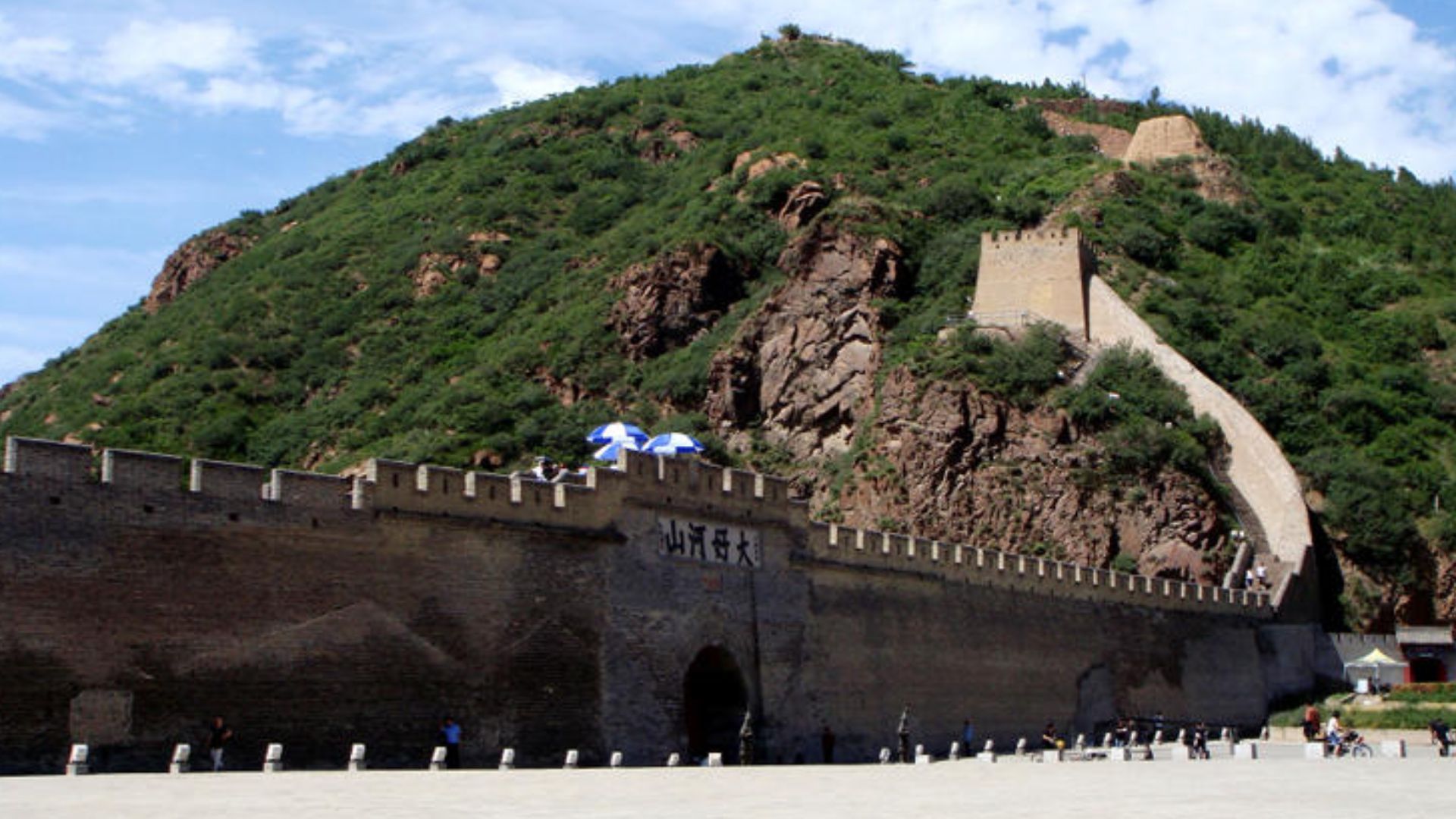 Wangyunfeng, Wikimedia Commons
Wangyunfeng, Wikimedia Commons
Ancient Egypt
Those magnificent pyramids came at a devastating human cost. Evidence suggests workers weren't slaves but paid laborers. Yet this hardly mattered when dehydration, accidents, and exhaustion killed thousands. One worker camp revealed spines so damaged that laborers would have suffered agonizing pain while building monuments.
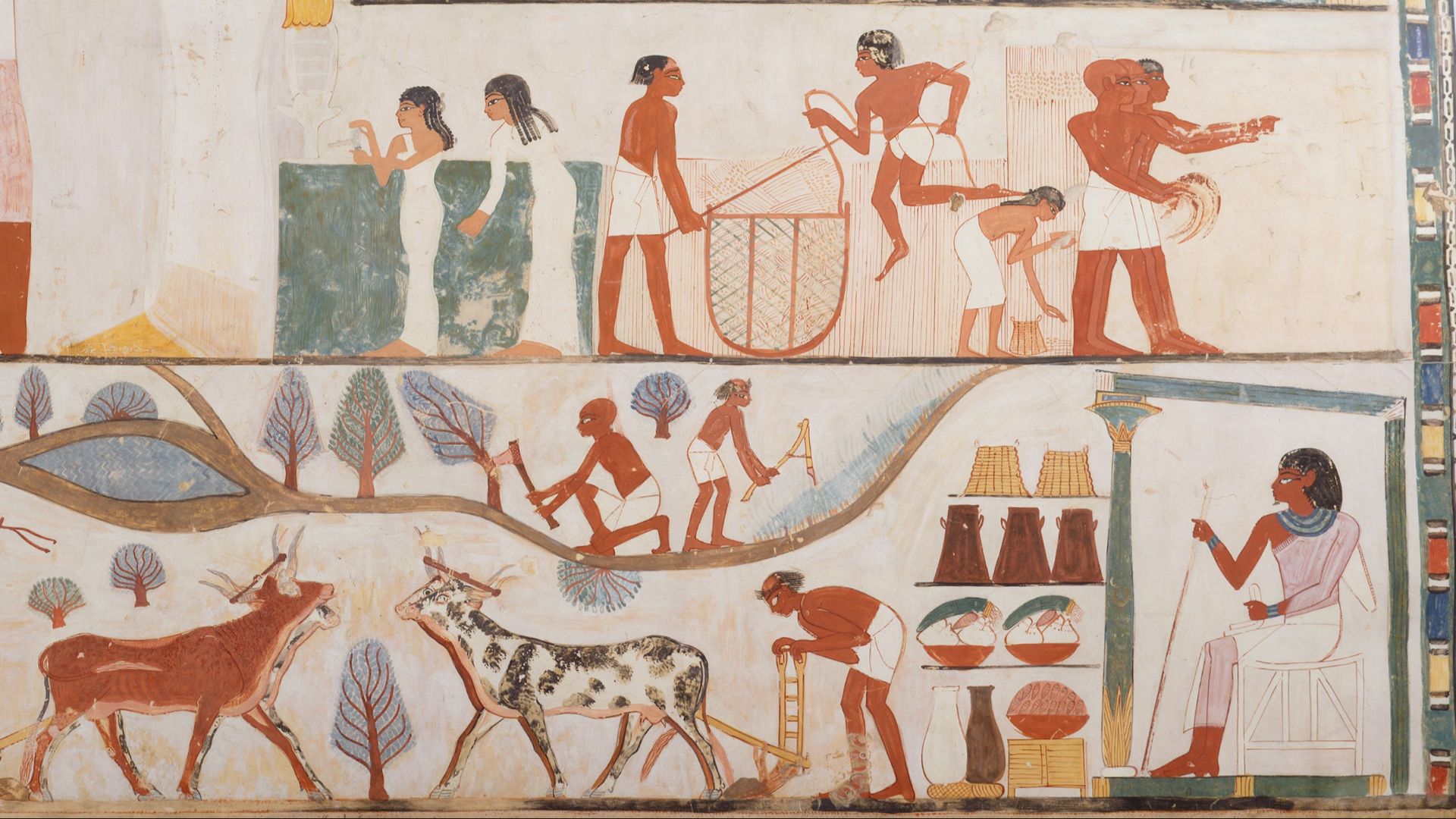 Norman de Garis Davies, Wikimedia Commons
Norman de Garis Davies, Wikimedia Commons
Ancient Egypt (Cont.)
Pharaohs controlled every aspect of Egyptian life through religious authority. They claimed divine power over the Nile floods, which determined life or death for the entire population. Additionally, disease was rampant, with parasites found in mummified remains showing widespread suffering from schistosomiasis.
Maya Civilization
Blood rituals dominated Maya's religious life. It is said that Maya rulers publicly pierced their tongues with stingray spines, believing their blood nourished the gods. Captives faced worse fates: being rolled down temple stairs, having their hearts extracted, or slowly drowning in sacred cenotes.
Maya Civilization (Cont.)
On a side note, deforestation and drought led to starvation, which decimated populations. Their writing system, while brilliant, was controlled by an elite scribal class. This kept most people illiterate and rendered them unable to challenge authority through recorded history.
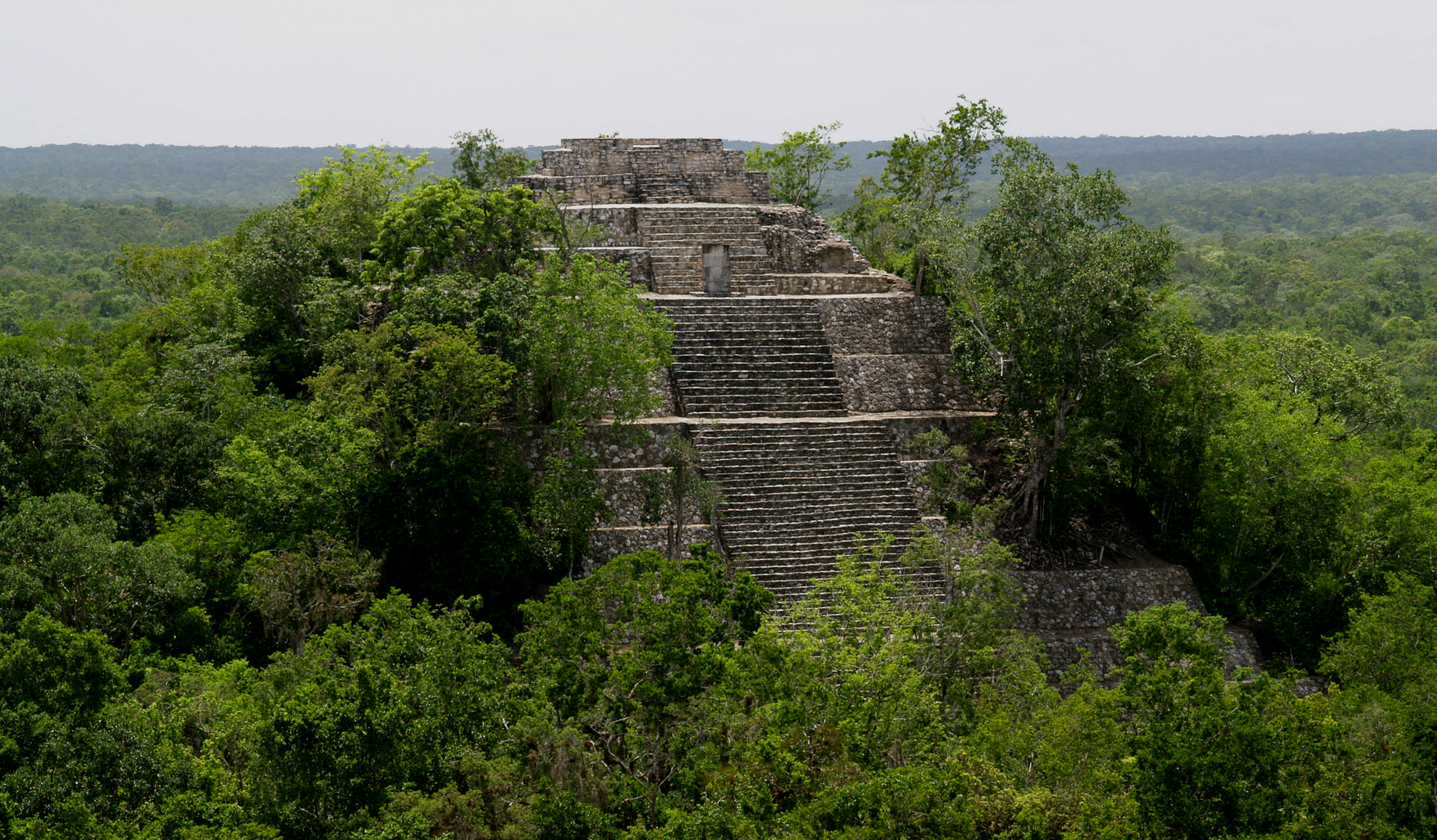 PhilippN, CC BY-SA 3.0, Wikimedia Commons
PhilippN, CC BY-SA 3.0, Wikimedia Commons
Imperial Rome
Prisoners and slaves often faced deadly situations for the sake of entertainment, and even regular citizens had to deal with constant threats. Apartment buildings, known as insulae, would frequently fall apart or catch fire, causing casualties. The reason behind this was corrupt builders.
 Charles Gardner, Wikimedia Commons
Charles Gardner, Wikimedia Commons
Imperial Rome (Cont.)
Political assassination was so common that during the Crisis of the Third Century, Rome had 20 emperors in 50 years, most murdered by their own troops. For ordinary citizens, speaking against the wrong politician could mean immediate execution. No trial was needed if you were declared an “enemy of Rome”.
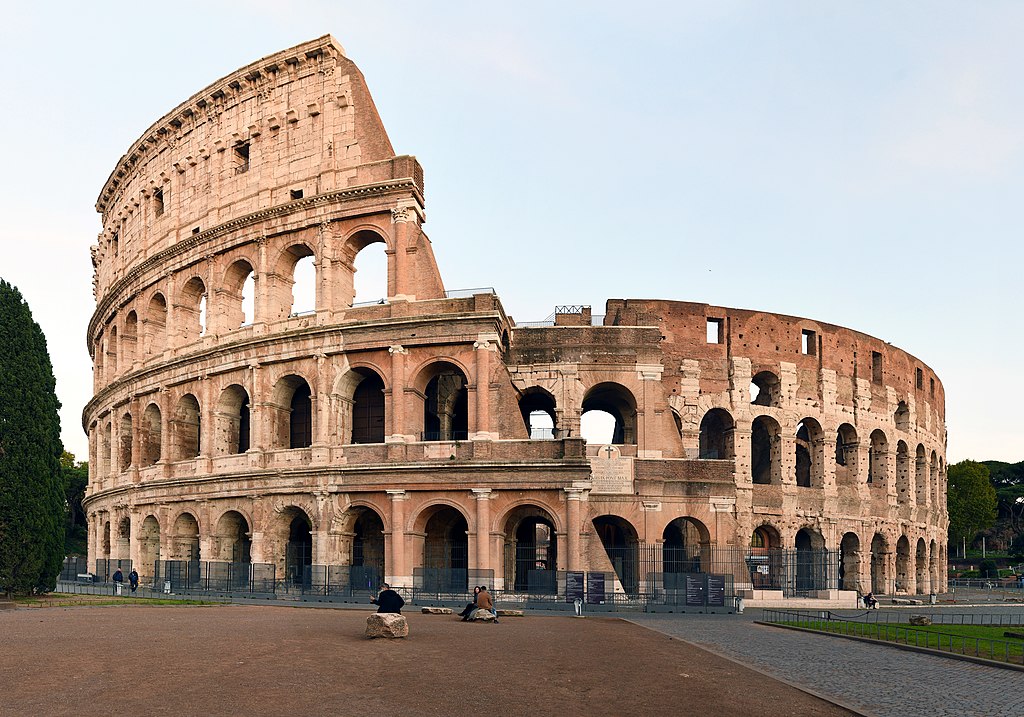 FeaturedPics, CC BY-SA 4.0, Wikimedia Commons
FeaturedPics, CC BY-SA 4.0, Wikimedia Commons
Mongol Empire
"Submit or die" wasn't just a threat. It was the Mongol Empire's founding principle. Cities that resisted faced complete annihilation. When the Mongols conquered Urgench, soldiers were ordered to kill 24 civilians each. Historians estimate the Mongol conquests reduced the world's population by 11%.
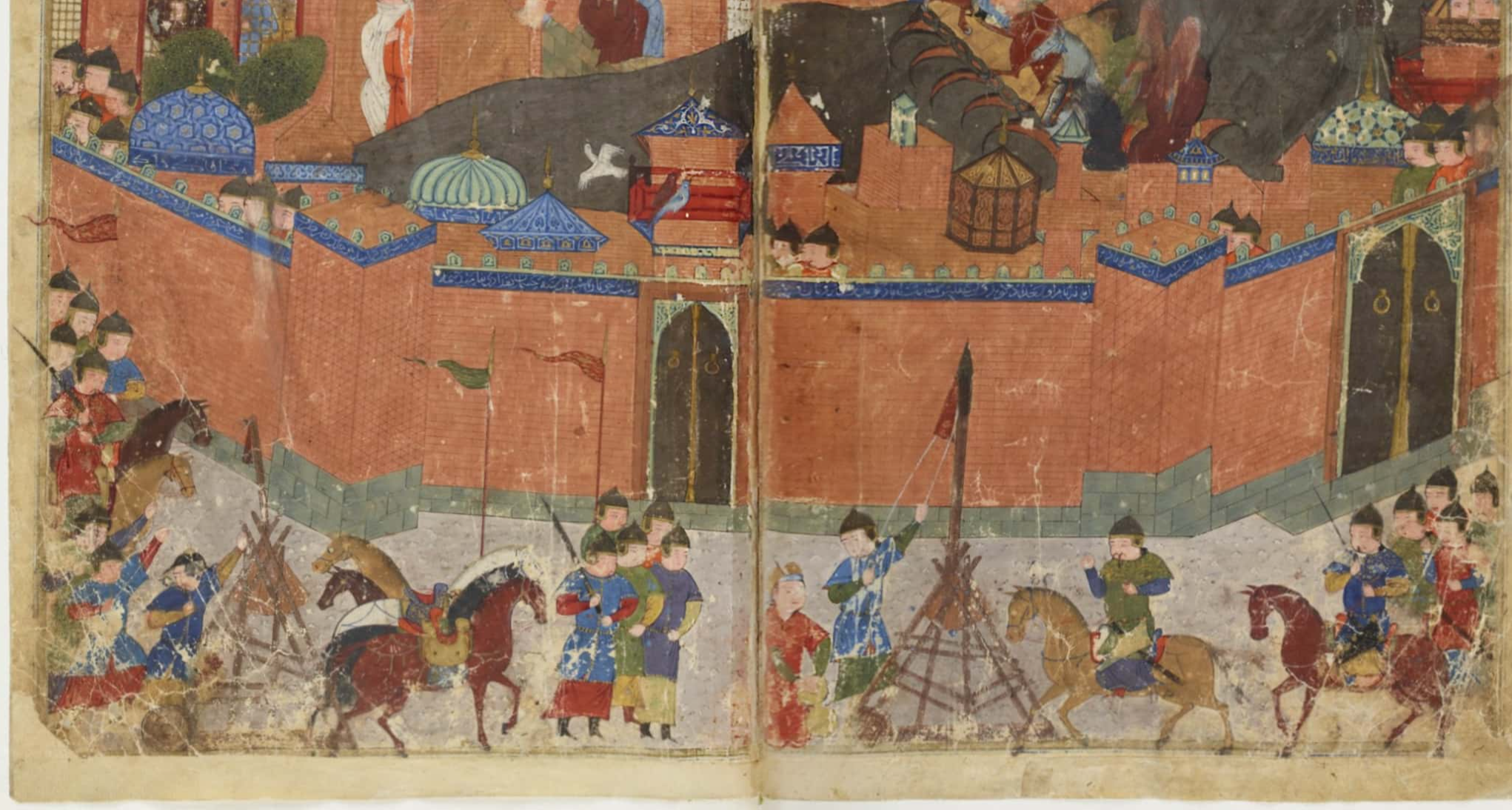 Sayf al-vahidi et al., Wikimedia Commons
Sayf al-vahidi et al., Wikimedia Commons
Mongol Empire (Cont.)
Their military innovations made resistance futile. Horse archers could shoot with deadly accuracy while riding at full gallop, and the Mongols weaponized the bubonic plague by catapulting infected corpses into besieged cities. Apparently, their postal system primarily served military communications for more efficient conquest.
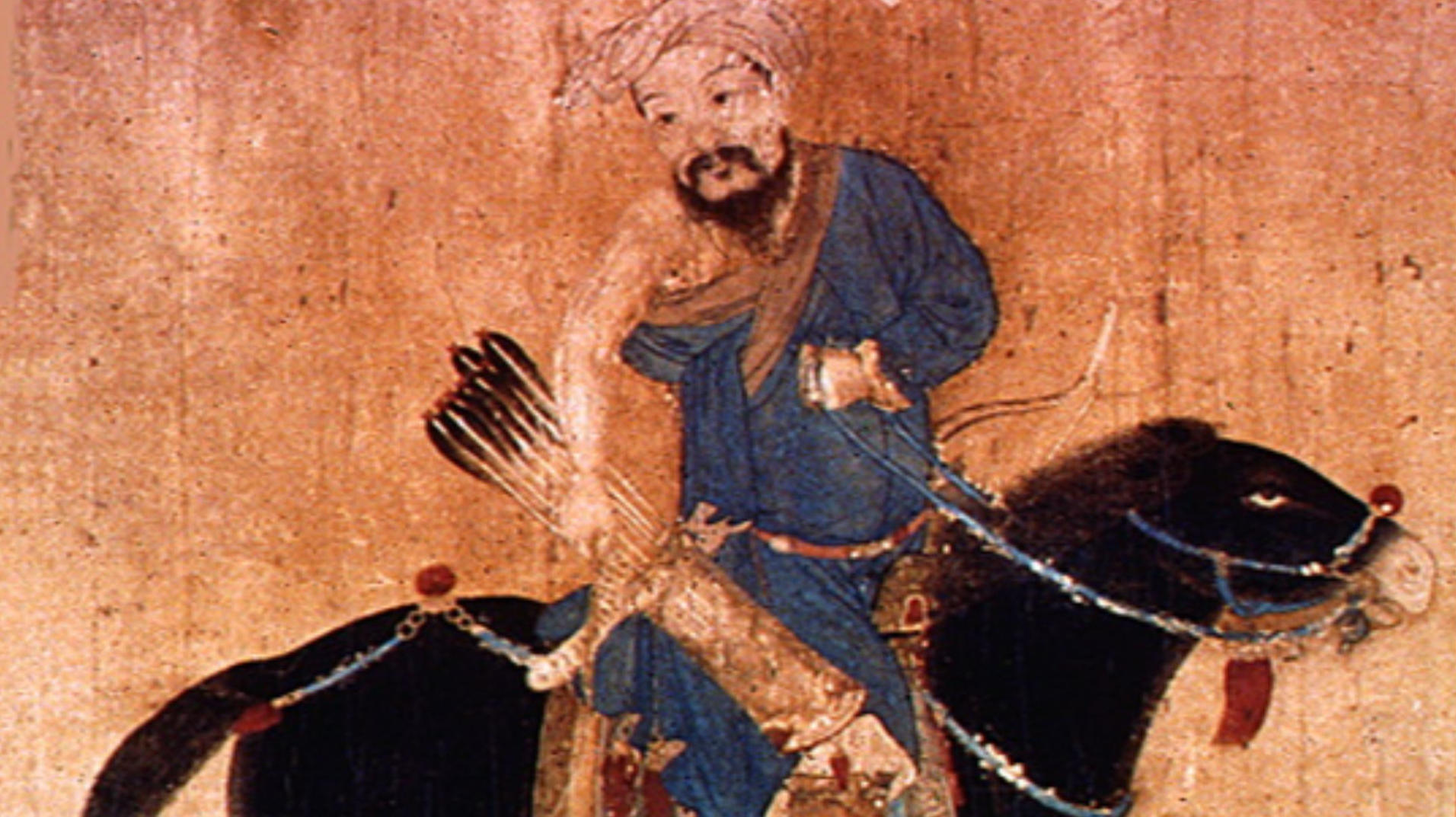 Unknown authorUnknown author, Wikimedia Commons
Unknown authorUnknown author, Wikimedia Commons
Viking Age Scandinavia
Imagine waking up to the sound of raiders burning your village. This was a daily reality for anyone living near Viking territories. Behind their fearsome reputation lay practical necessity, though. Basically, Scandinavia's harsh environment couldn't support growing populations, forcing Norse people to starve during brutal winters.
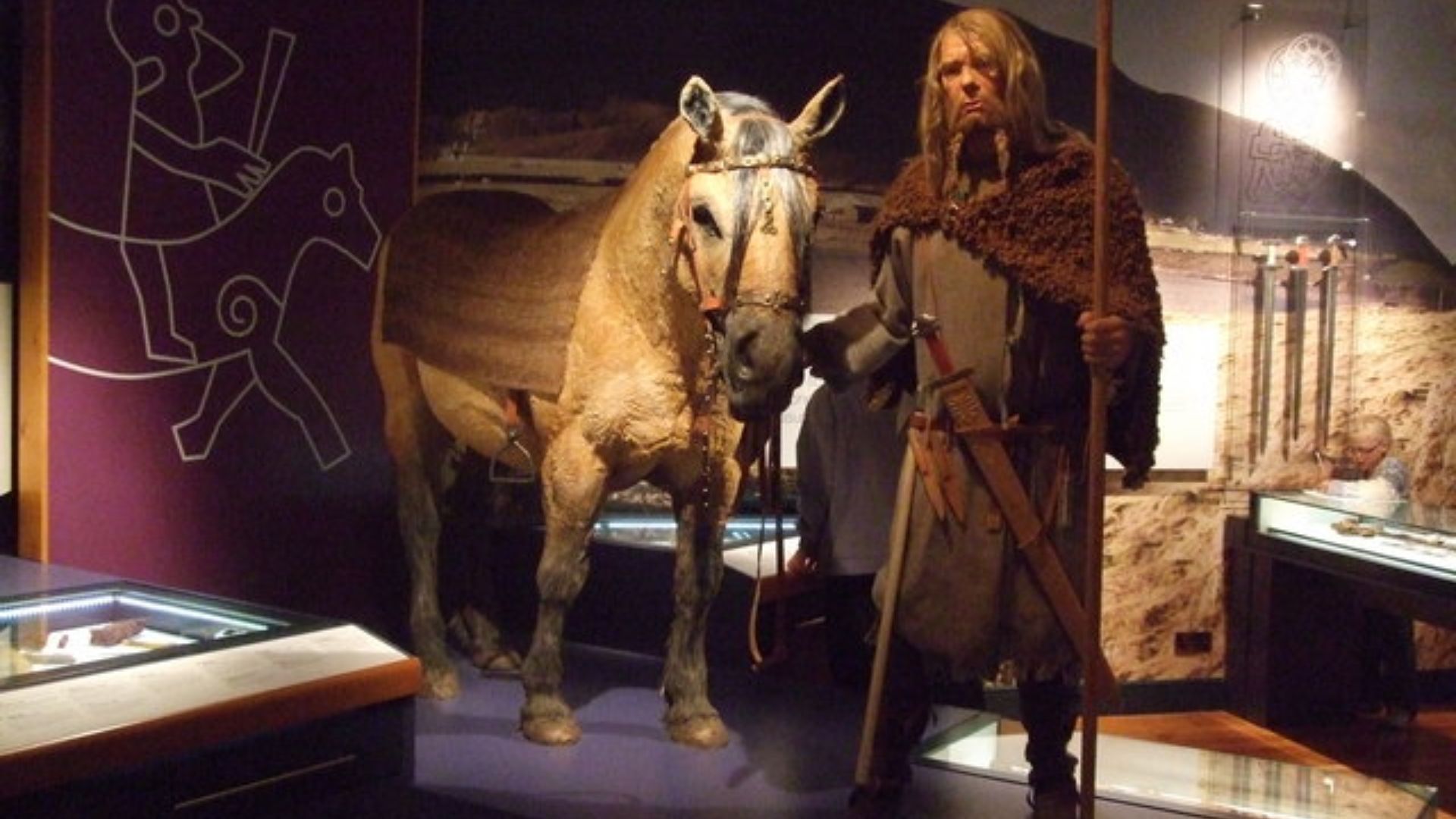 Richard Hoare, Wikimedia Commons
Richard Hoare, Wikimedia Commons
Viking Age Scandinavia (Cont.)
You must’ve heard about the "blood eagle" execution. Specific findings confirm this torture, where victims had their lungs pulled through the wounds to resemble wings. Even Viking society itself was brutal, as thralls comprised up to 25% of the population with zero rights.
The Macedonian Empire
When Alexander swept across the known world, he left innovation alongside devastation. His infamous siege of Tyre showed his determination. After the island city refused to surrender, he built a half-mile causeway through the sea itself, then enslaved nearly all the inhabitants when the walls finally fell.
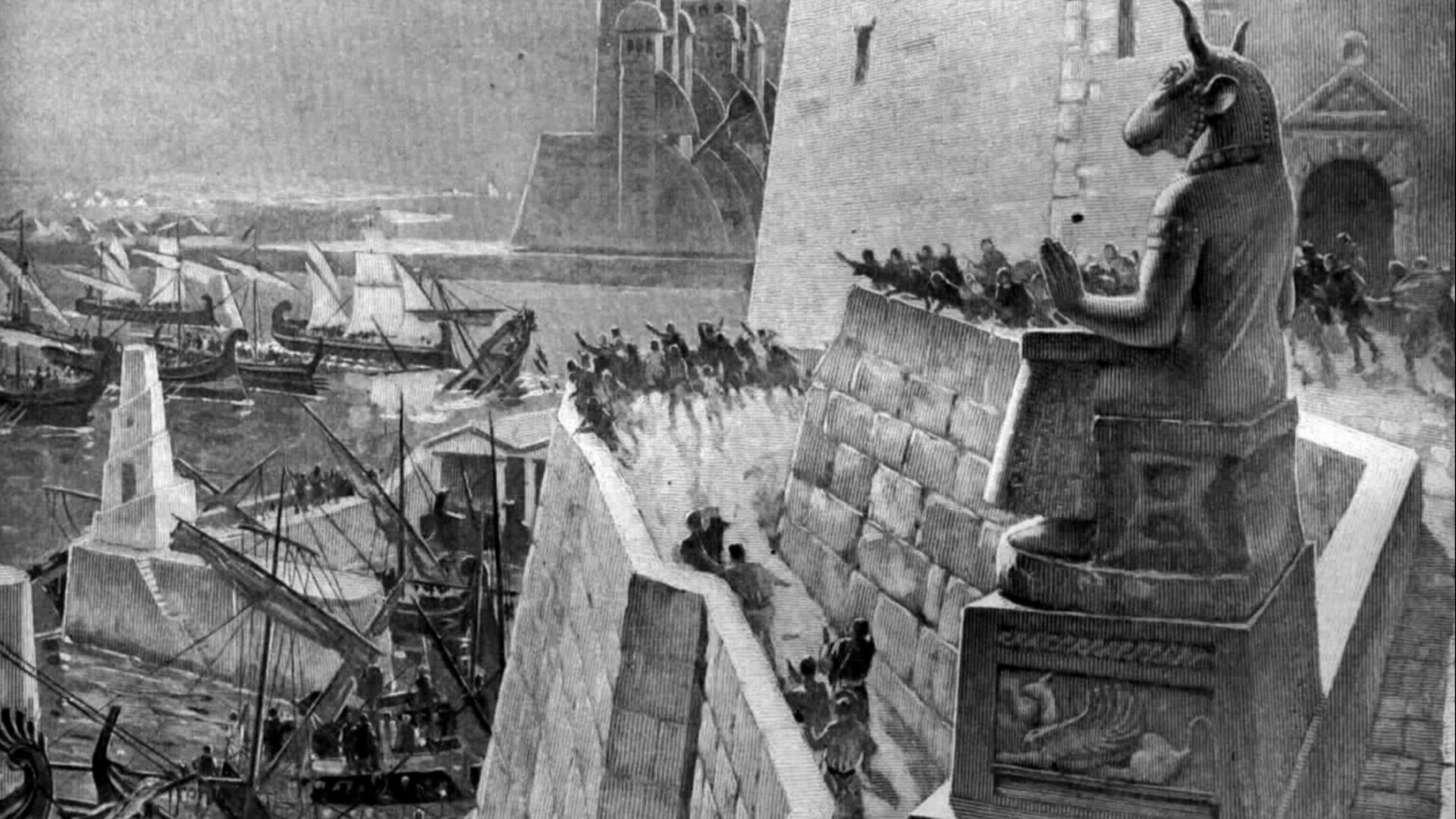 Andre Castaigne, Wikimedia Commons
Andre Castaigne, Wikimedia Commons
The Macedonian Empire (Cont.)
Those lightning-fast conquests came with a brutal administrative approach. Entire populations were forcibly relocated to newly founded cities, mixing cultures in ways that destroyed traditional communities. He even murdered his closest friend, Cleitus, and executed generals who questioned his increasingly Persian-inspired divine pretensions.
So, after exploring history's most oppressive regimes, let's turn to civilizations worth admiring.
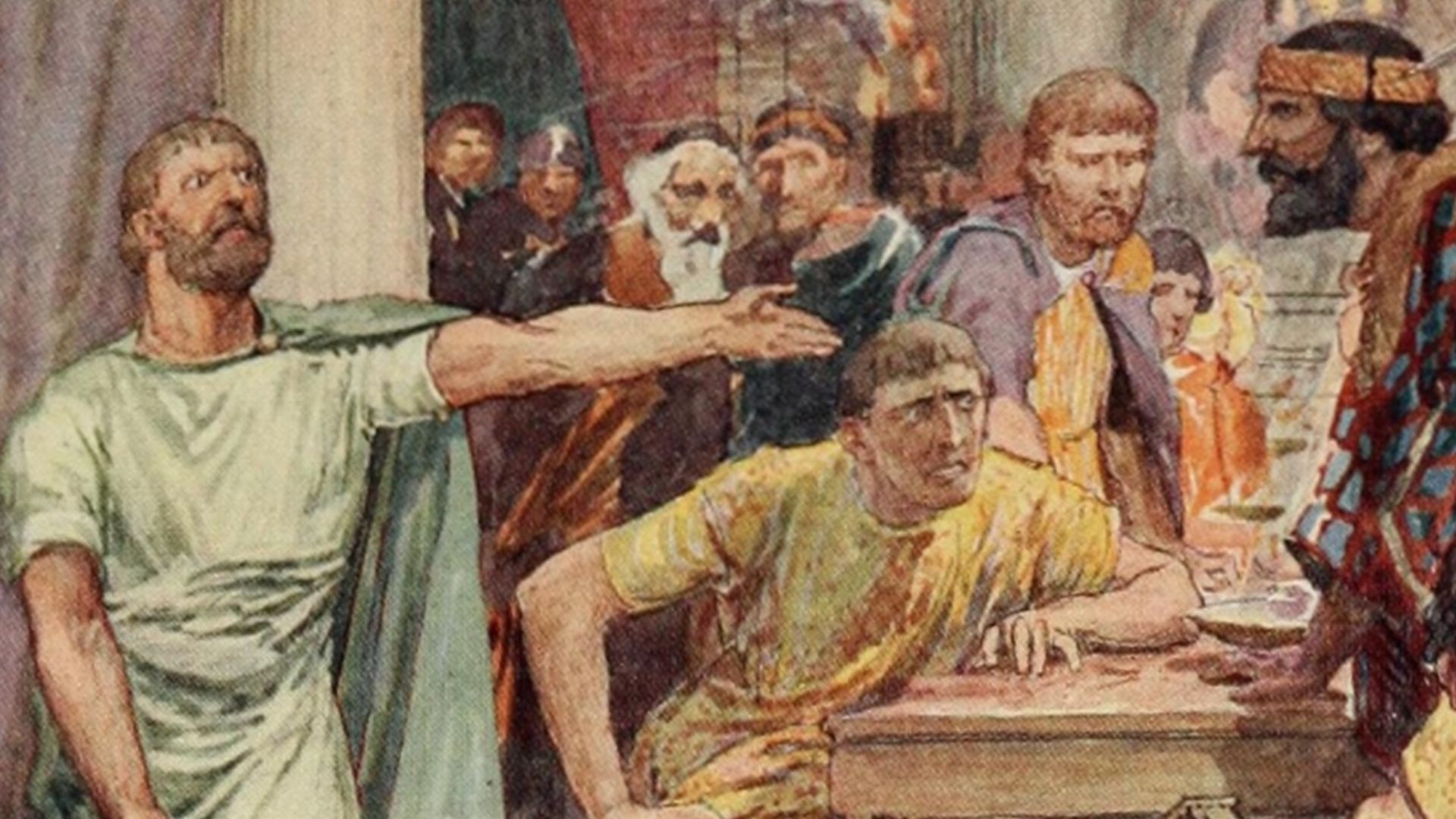 Weston, W H; Plutarch; Rainey, W, Wikimedia Commons
Weston, W H; Plutarch; Rainey, W, Wikimedia Commons
Ancient Athens
Democracy was born in the streets of Athens, where citizens (free adult males) gathered to debate everything from taxes to conflict. The word itself, demokratia, means “people power”. Well, it wasn't perfect by modern standards but nothing like it existed anywhere else in the ancient world.
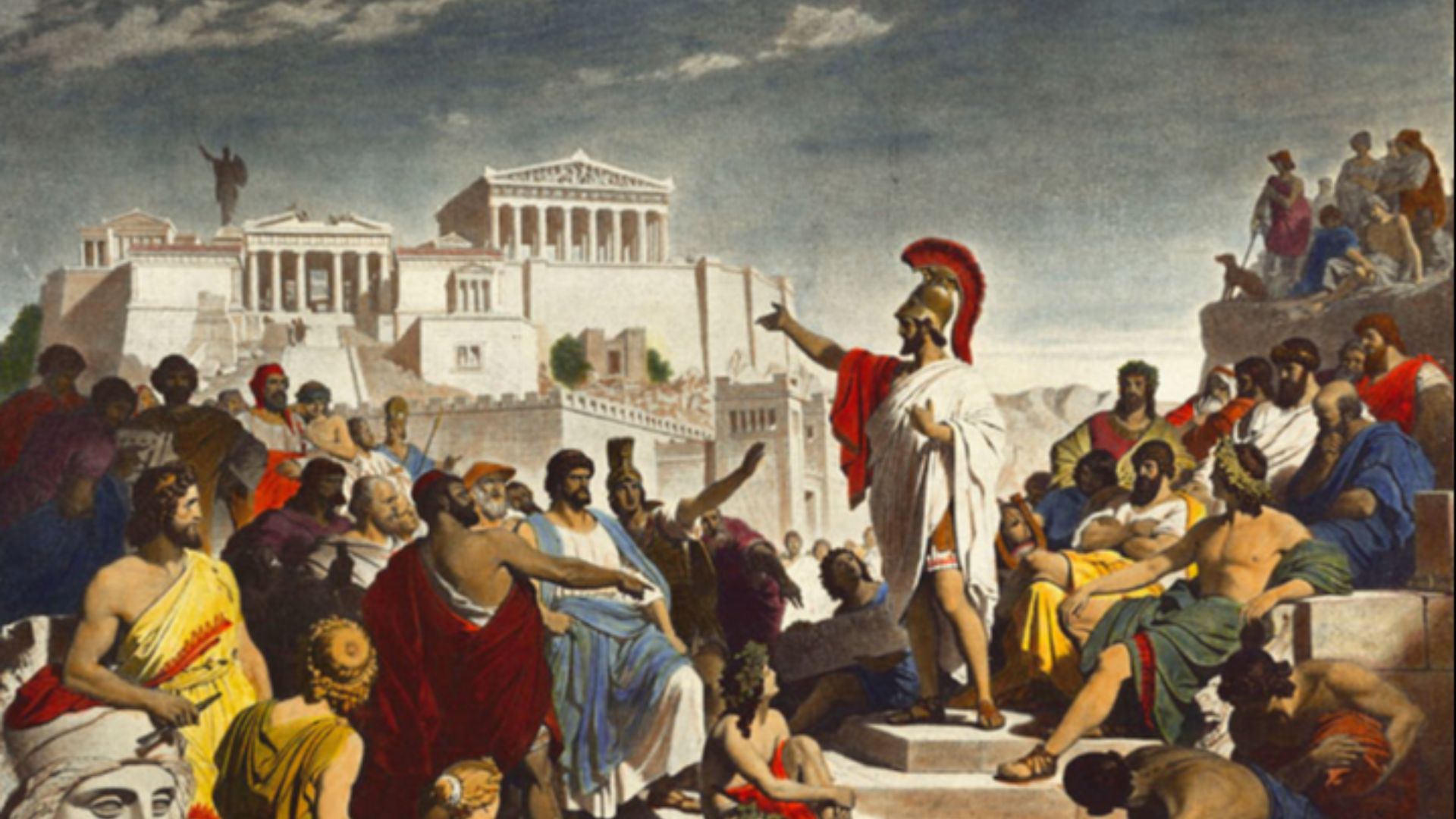 Philipp Foltz, Wikimedia Commons
Philipp Foltz, Wikimedia Commons
Ancient Athens (Cont.)
Even poor citizens could hold high office through random selection. Daily life centered around philosophy and education. Besides, the agora buzzed with Socratic debates. It is said that Athenians invented the concept of leisure time, with citizens expected to cultivate their minds alongside their bodies.
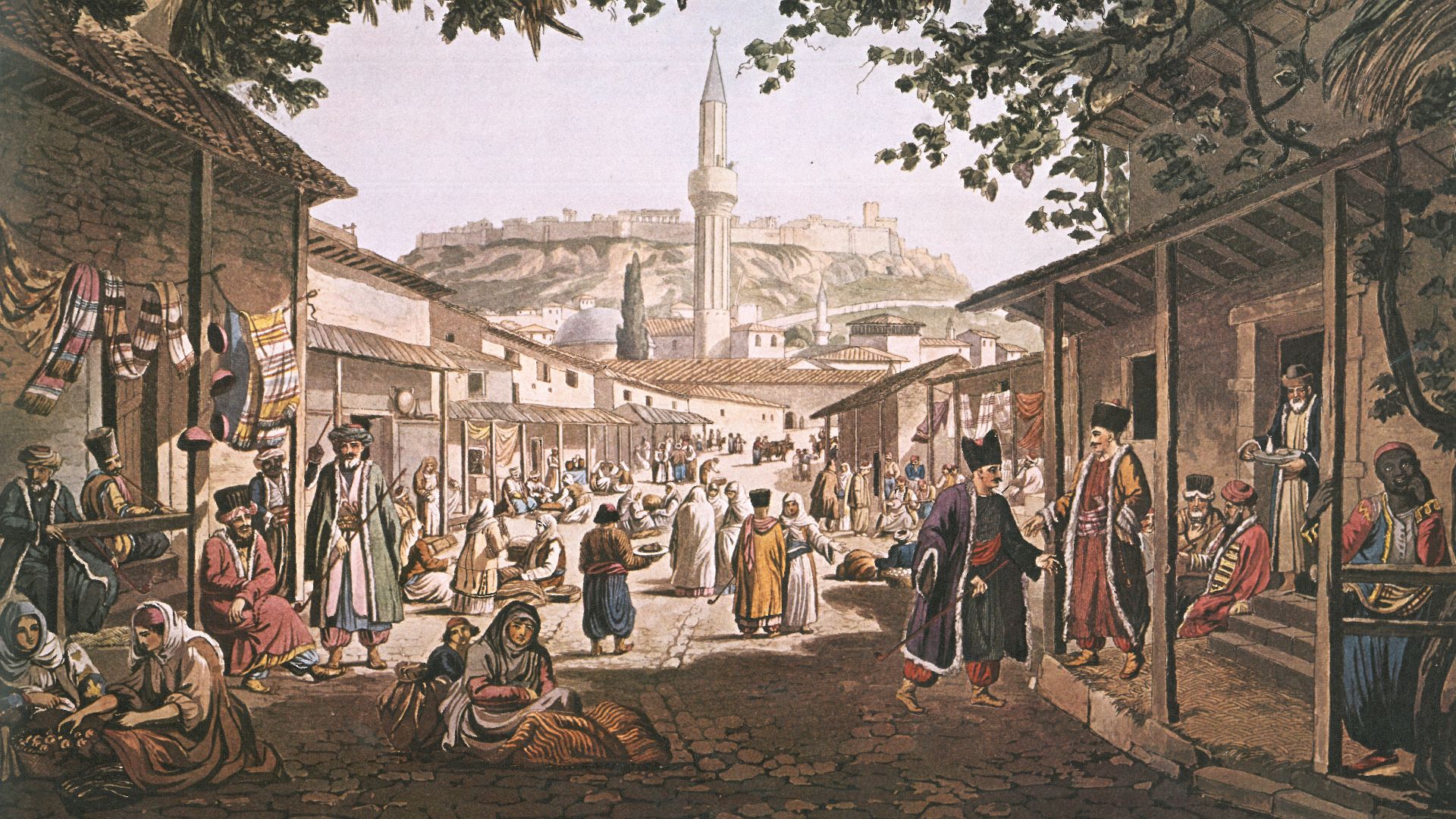 Edward Dodwell, Wikimedia Commons
Edward Dodwell, Wikimedia Commons
Tang Dynasty China
Poetry during Tang China was essential for government service. Civil servants were selected through examinations testing literary talent rather than family connections, creating unprecedented social mobility. A farmer's son could become a high official through education alone, an opportunity unthinkable in most ancient societies.
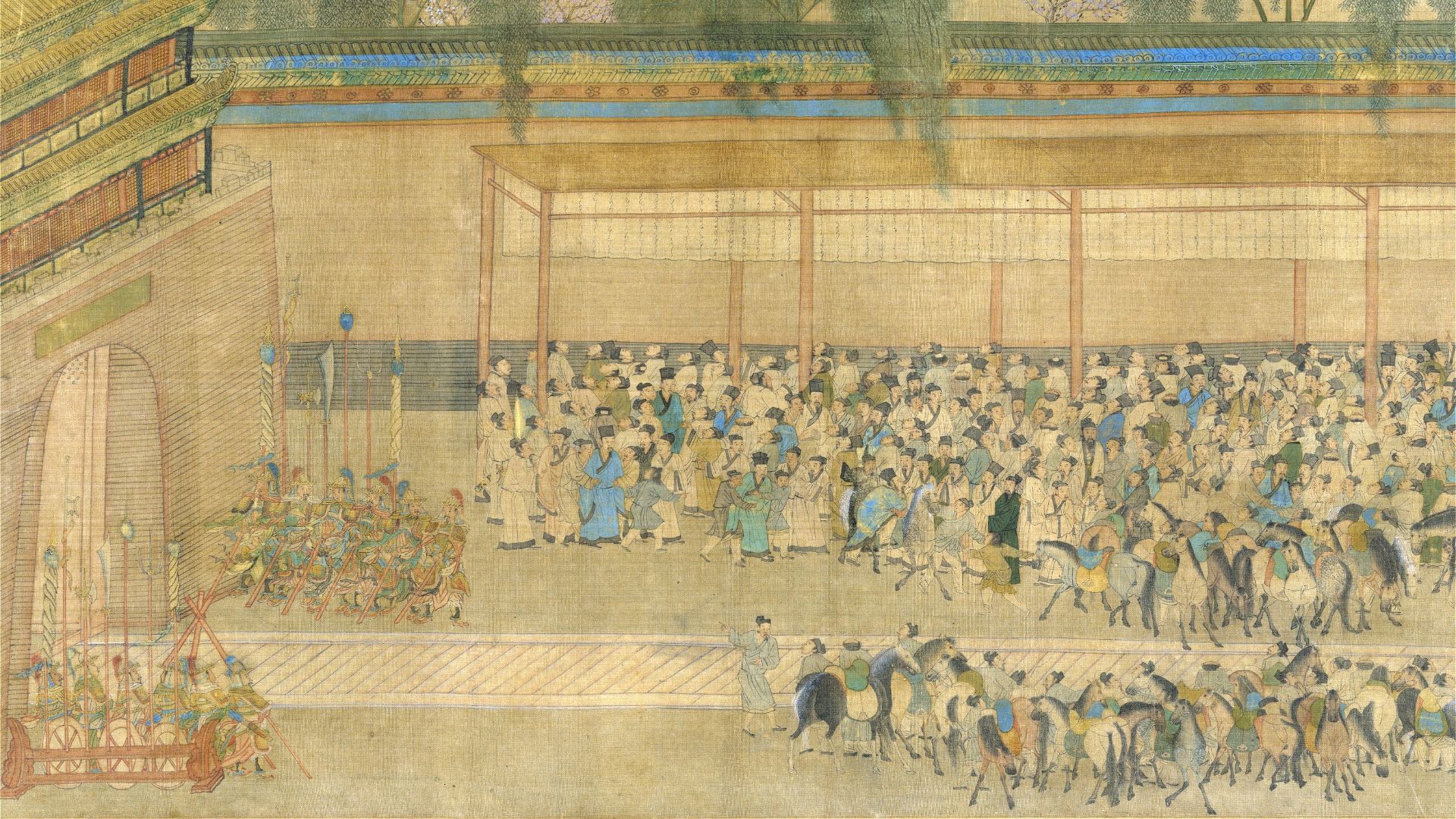 Qiu hahahahahahah Ying, Wikimedia Commons
Qiu hahahahahahah Ying, Wikimedia Commons
Tang Dynasty China (Cont.)
Chang'an, the Tang capital, dwarfed contemporary Rome and Constantinople, with over a million residents from across Asia. The city had public parks, women's colleges, and restaurants serving multicultural cuisine. Religious tolerance flourished with Buddhist temples, Zoroastrian fire altars, and Nestorian Christian churches operating freely.
Gupta Empire
Mathematics as we know it was revolutionized during the Gupta “Golden Age”. Scholars invented the concept of zero and developed the famous decimal system. According to ancient textbooks, students learned algebra centuries before Europeans, alongside advanced astronomy that tracked planetary movements with precision.
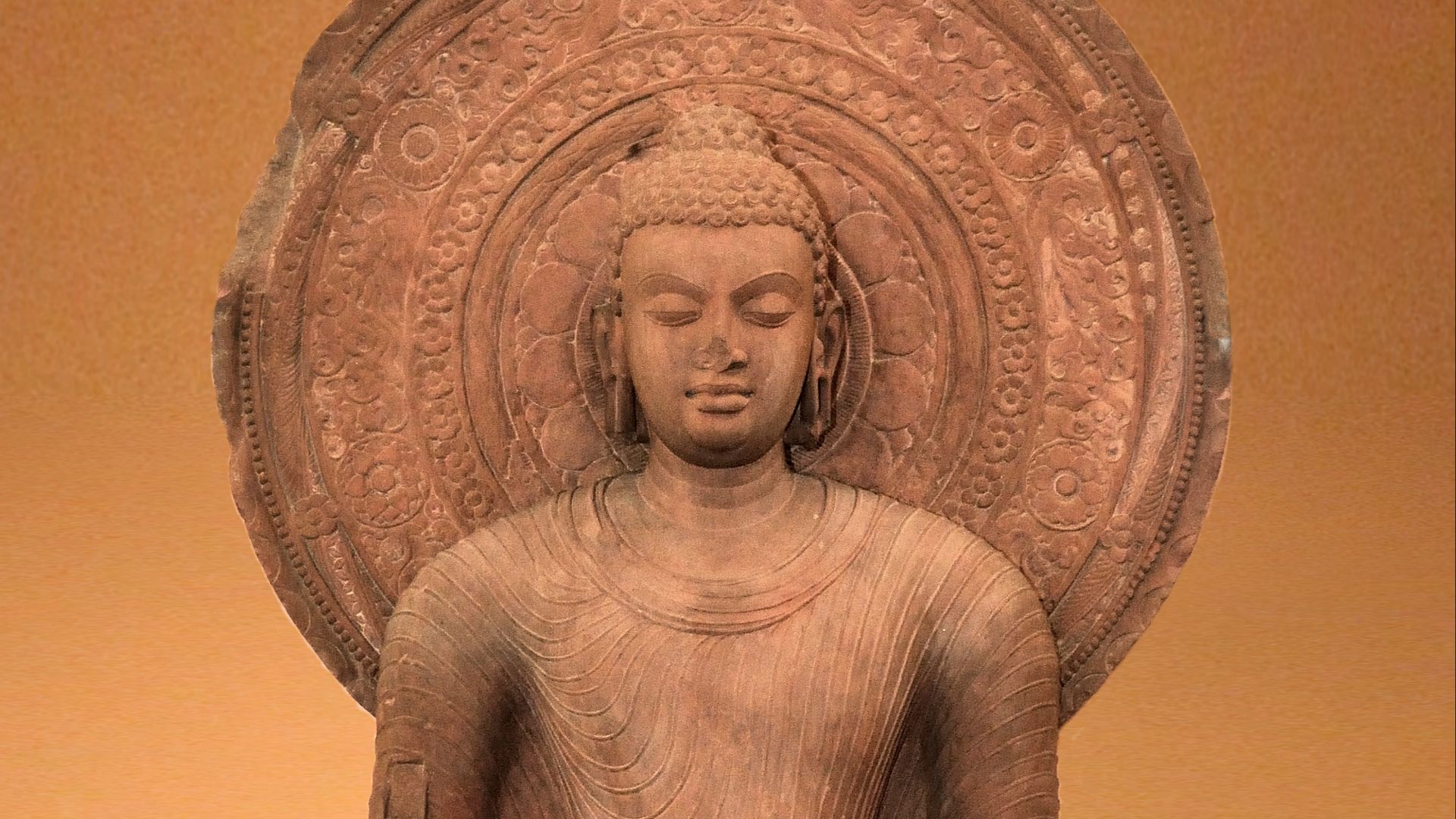 Statue: Biswarup Ganguly Background: Gary Todd, Wikimedia Commons
Statue: Biswarup Ganguly Background: Gary Todd, Wikimedia Commons
Gupta Empire (Cont.)
Violence was pretty rare in Gupta society. There were minimal fortifications compared to contemporary empires, which suggest peaceful internal conditions. Medical practices also included plastic surgery techniques documented in the Sushruta Samhita. Additionally, procedures for reconstructing noses and ears were present.
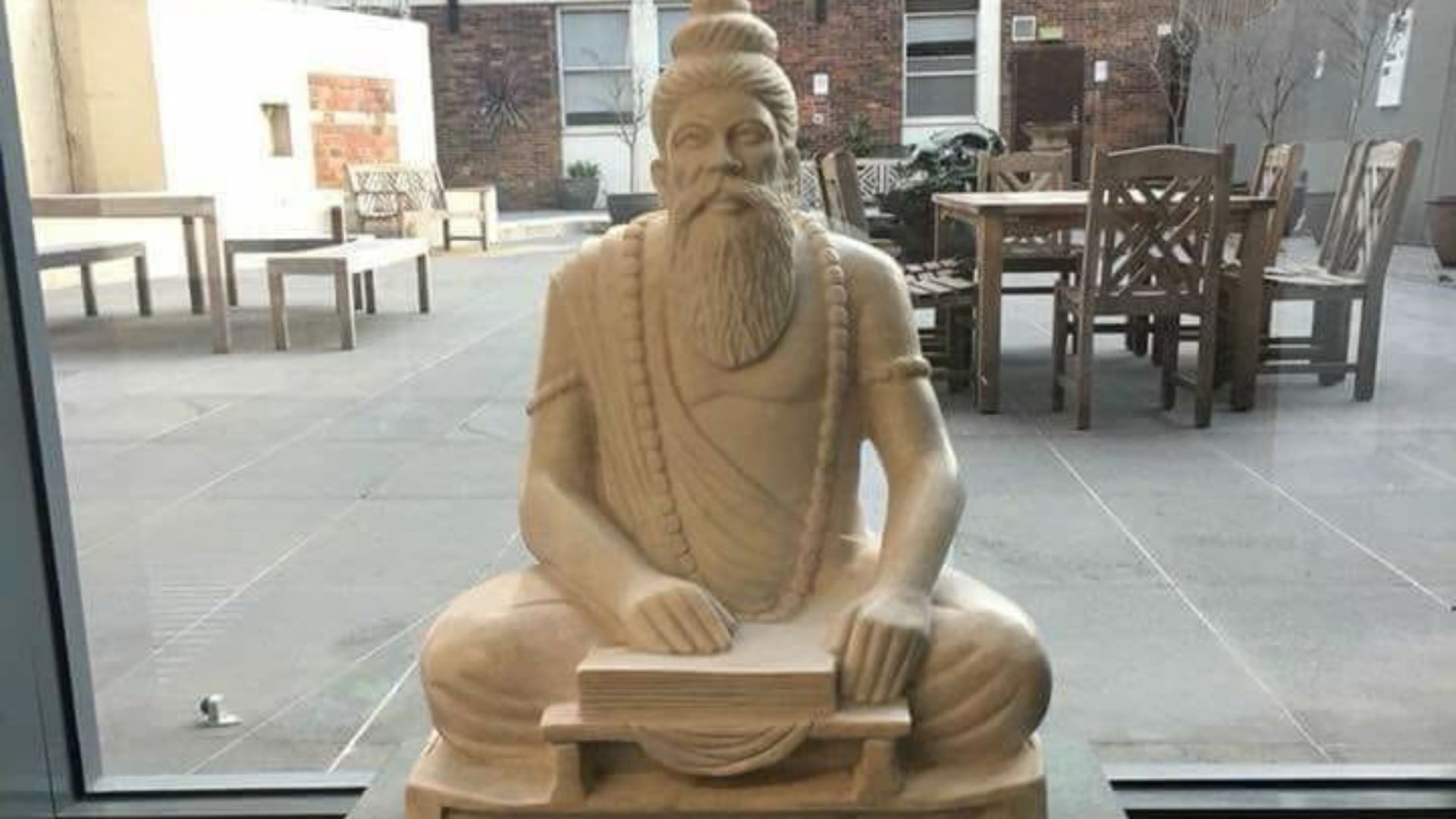 Heroesdontexist, Wikimedia Commons
Heroesdontexist, Wikimedia Commons
Minoan Civilization
Here’s something extraordinary about Minoan Crete. It’s the absence of warfare. The Minoans, however, were recognized for their brilliant palaces, such as Knossos, Phaistos, and Malia. All palaces on the island, except for Knossos, were destroyed around 1450 BC.
 Lapplaender, Wikimedia Commons
Lapplaender, Wikimedia Commons
Minoan Civilization (Cont.)
Unbelievably, women enjoyed status unmatched in the ancient world. Minoan artwork frequently shows women in positions of authority, participating in sports, and leading religious ceremonies in stark contrast to mainland Greece and Egypt. Plus, their famous bull-leaping festivals displayed athletic prowess without killing the animals.
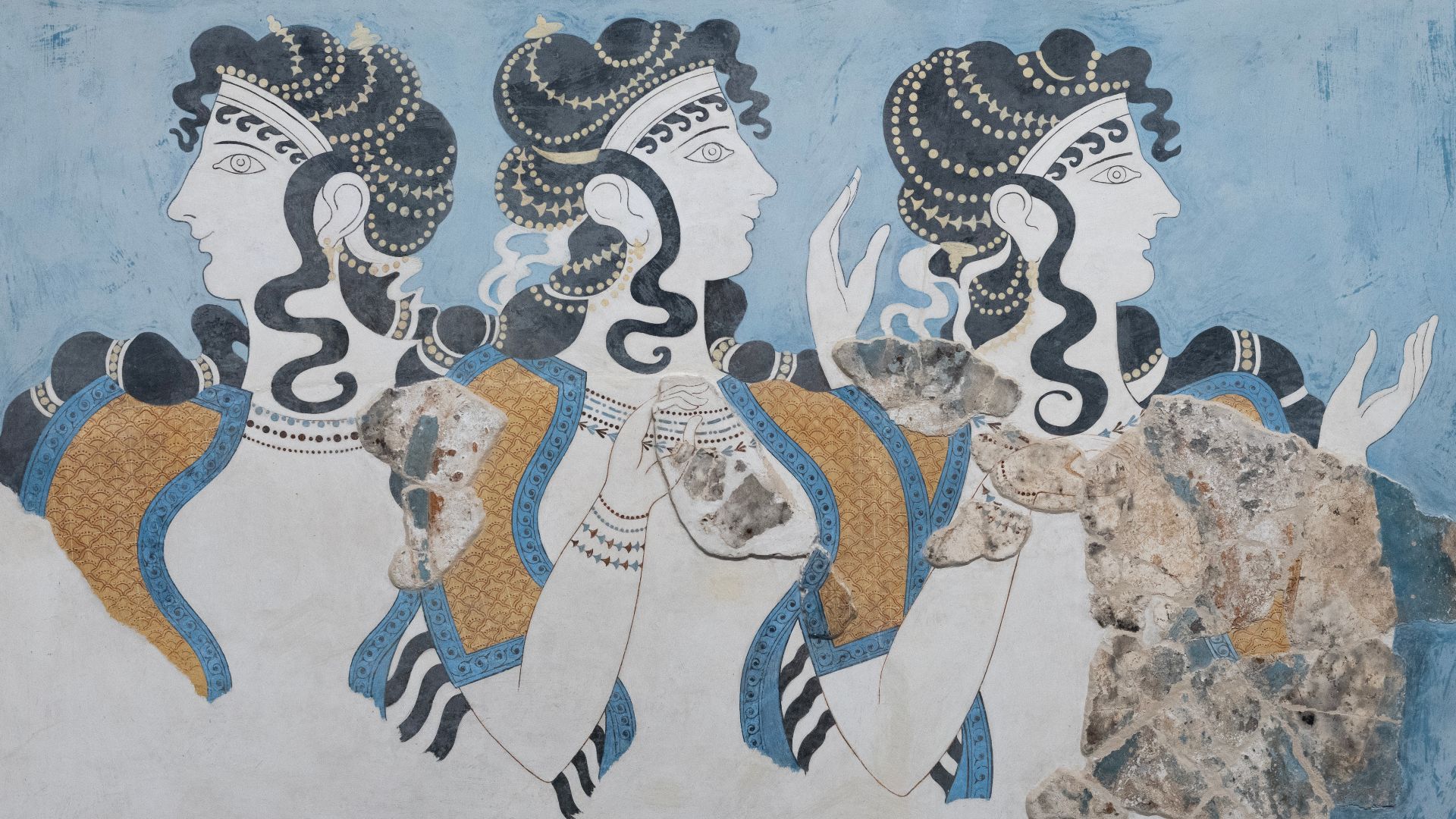 AnonymousUnknown author, Wikimedia Commons
AnonymousUnknown author, Wikimedia Commons
Islamic Golden Age
Libraries flourished during this note-worthy period, with Baghdad's House of Wisdom collecting texts worldwide. Scholars there greatly advanced algebra (the word comes from the Arabic al-jabr) and refined astronomical instruments. They preserved Greek philosophy that would otherwise have been lost to history.
Islamic Golden Age (Cont.)
Medical innovation saved countless lives through the work of physicians like Ibn Sina (Avicenna), whose Canon of Medicine stayed the standard medical text in Europe until the 1600s. Religious minorities received protection under the law, allowing Jewish scholars like Maimonides to flourish alongside Muslims and Christians.
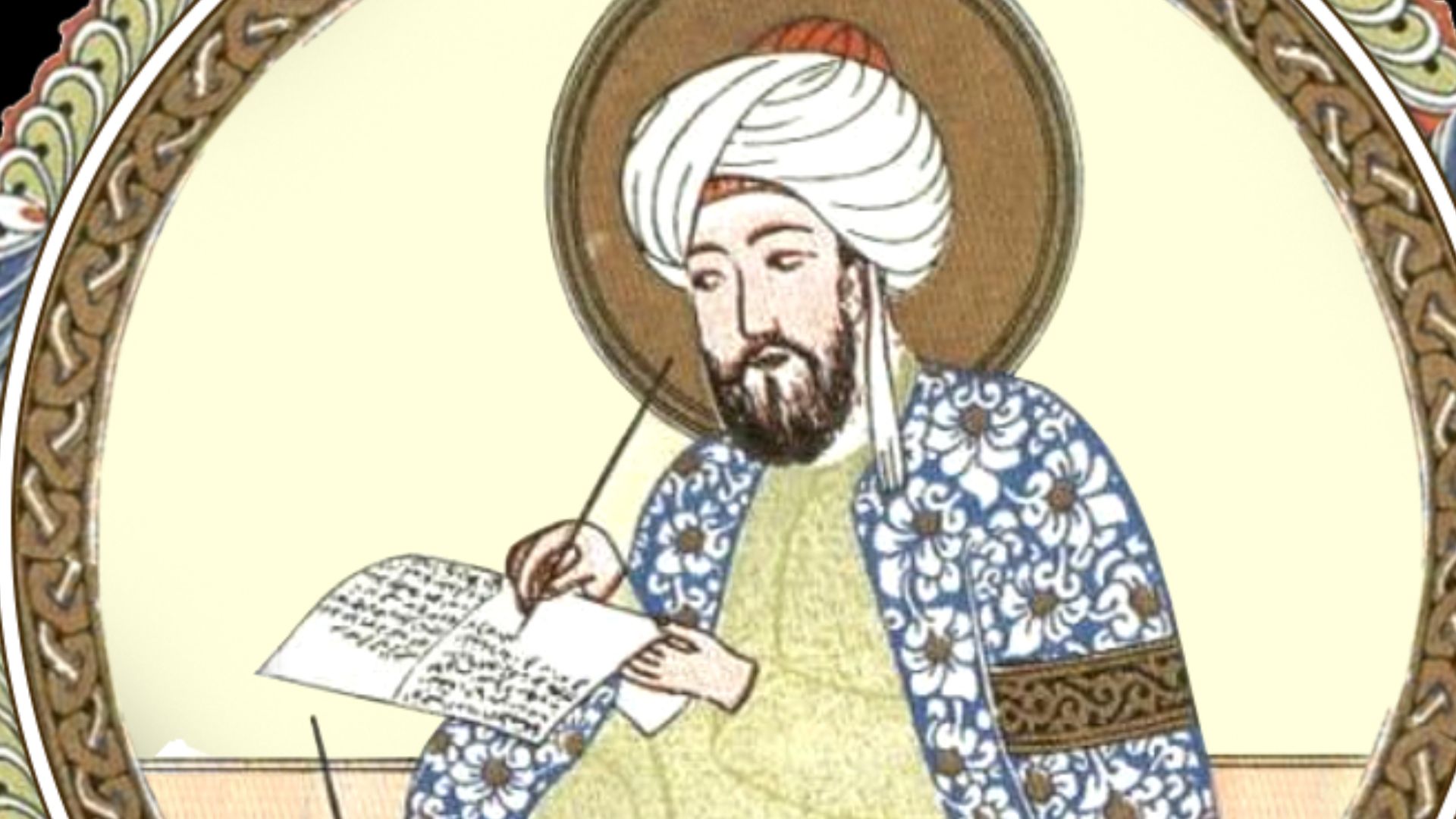 Michel Bakni modified by Standardwhale, Wikimedia Commons
Michel Bakni modified by Standardwhale, Wikimedia Commons
Han Dynasty
Although paper existed before the Han Dynasty, significant improvements were made during this period. Cai Lun's contributions in 105 CE standardized paper production, making it more accessible for widespread use. Regular folks could finally get their hands on written works.
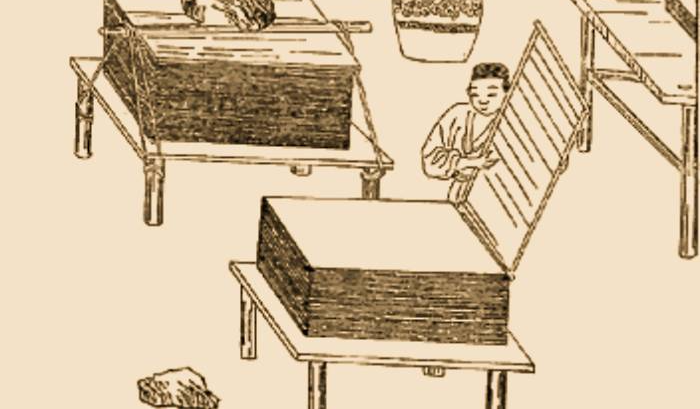 Unknown Author, Wikimedia Commons
Unknown Author, Wikimedia Commons
Han Dynasty (Cont.)
Technological advancements also characterized Han society through the seismograph and waterwheel. State-sponsored medicine benefited public health, including the world's first pharmacopeias documenting hundreds of treatments. Surprisingly, there were meritocratic government exams that allowed some commoners to rise into prestigious positions.
Byzantine Empire
While Western Europe went into the Dark Ages, Constantinople maintained Roman infrastructure with critical improvements. The city featured street lighting, complex sewage systems, and the stunning Hagia Sophia, an engineering marvel whose dome appeared to "float" on light.
Byzantine Empire (Cont.)
Public hospitals used to provide medical care regardless of social status. Also, legal protection extended to society's most vulnerable bits. For instance, the Farmer's Law safeguarded peasant land rights. Similarly, Emperor Justinian's legal code protected women's property after divorce or widowhood.
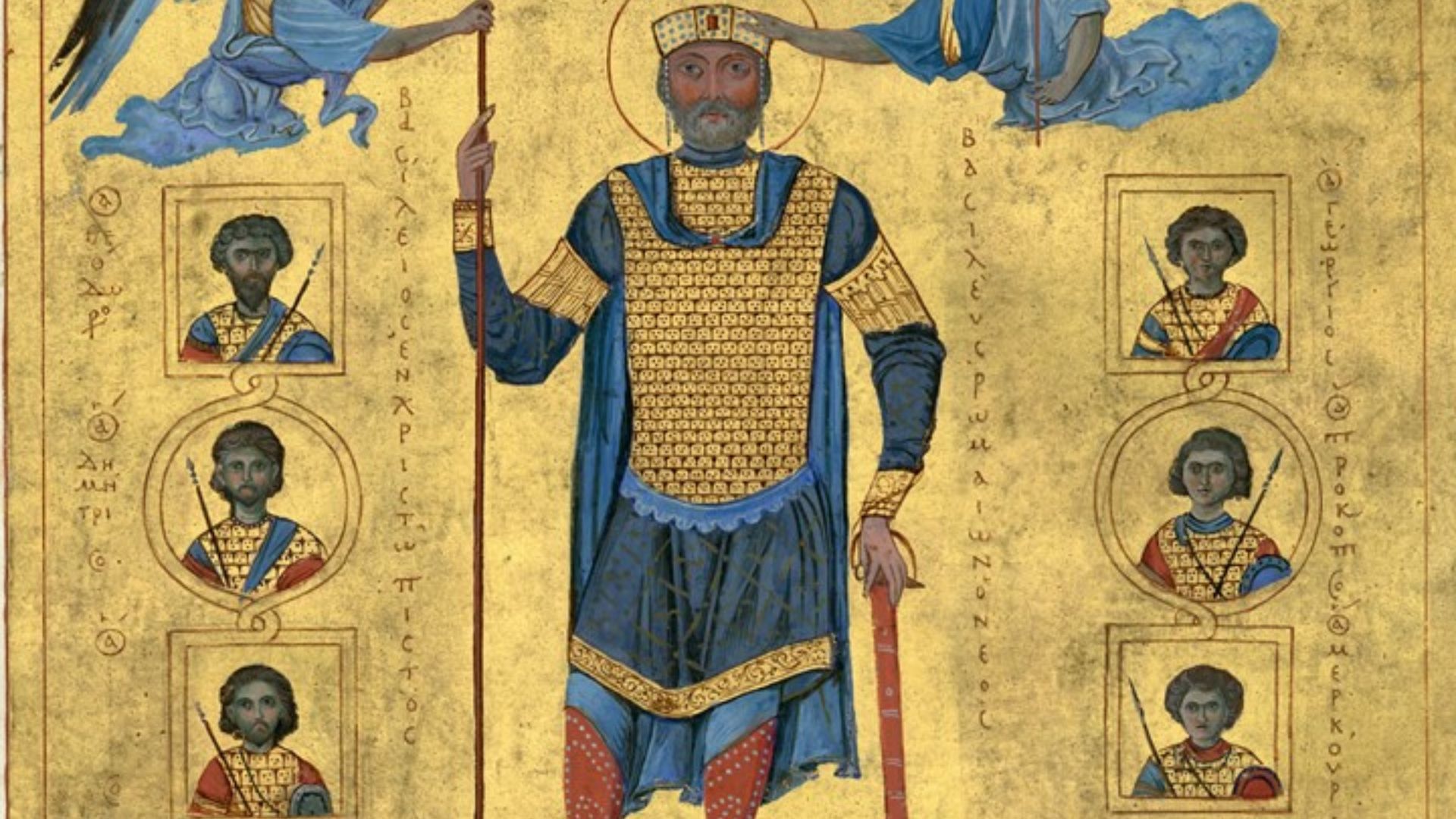 from the Middle Ages, unknown, Wikimedia Commons
from the Middle Ages, unknown, Wikimedia Commons
Nabataean Kingdom
Hidden within Jordan's red sandstone cliffs, the Nabataeans crafted a desert paradise through ingenious water management. Their capital at Petra collected every precious raindrop through channels carved into mountain surfaces. These stored water in massive cisterns that supported a vast population in a highly arid region.
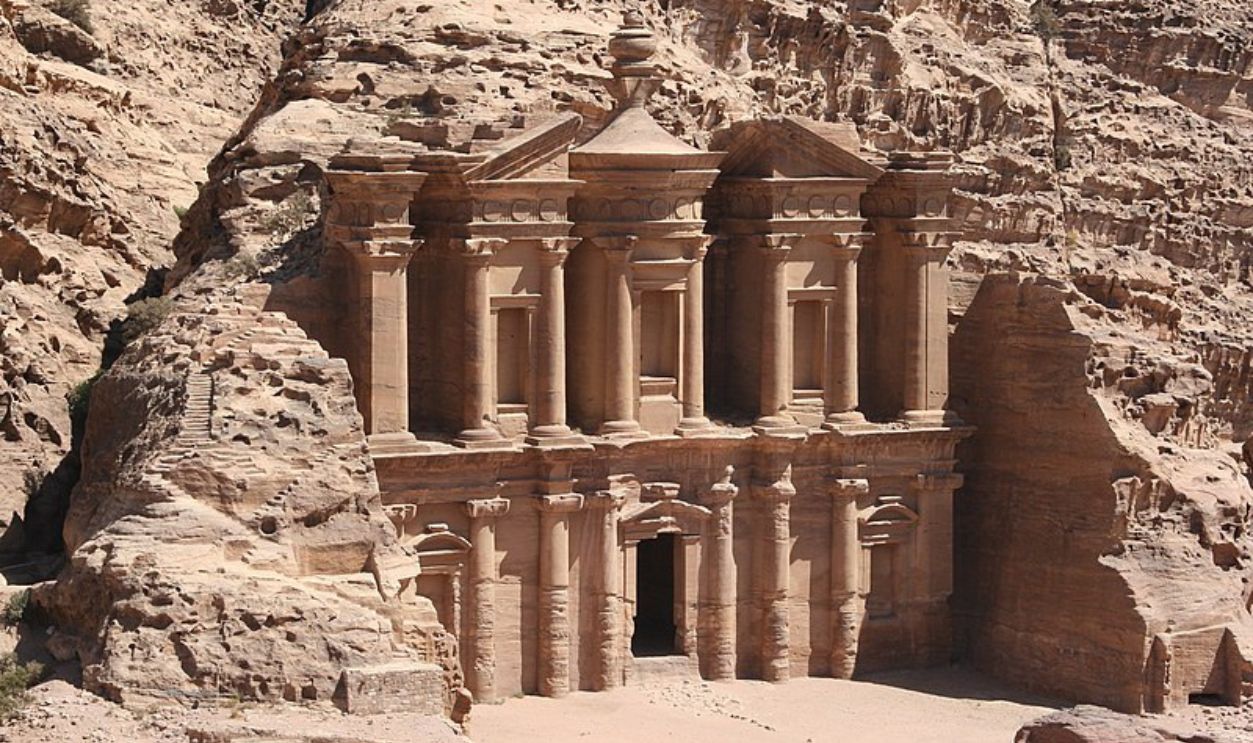 Diego Delso, CC BY-SA 3.0, Wikimedia Commons
Diego Delso, CC BY-SA 3.0, Wikimedia Commons
Nabataean Kingdom (Cont.)
Trade rather than conquest built Nabataean wealth. Controlling desert routes for incense, spices, and silk made them prosperous without needing expensive armies. Most impressive was their social structure, though. Historical records suggest women could own property, initiate divorce, and even rule independently.
 Greg Schechter from San Francisco, USA, Wikimedia Commons
Greg Schechter from San Francisco, USA, Wikimedia Commons
Edo-Period Japan
During Japan's Edo period, peaceful isolation helped create one of the most stable societies in history. While Europe was busy fighting wars, Japan enjoyed over 250 years without any major conflicts. This stability led to incredible urban growth in Edo, now known as Tokyo.
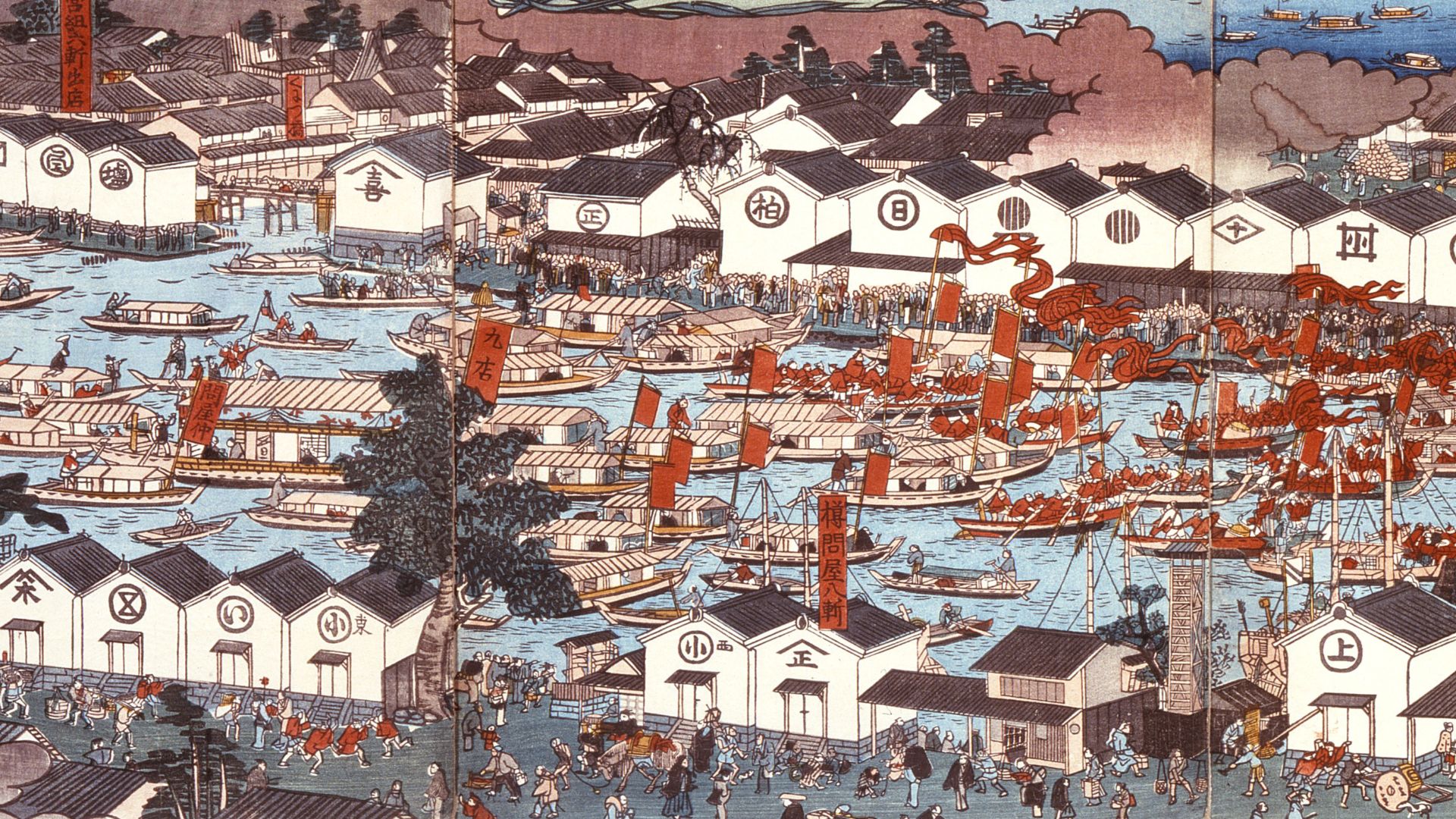 Yoshitoyo Gansuitei aka Utagawa Hokusui , (1830-1866)., Wikimedia Commons
Yoshitoyo Gansuitei aka Utagawa Hokusui , (1830-1866)., Wikimedia Commons
Edo-Period Japan (Cont.)
It had fancy recycling systems and fire prevention measures. By the period's end, nearly 40% of men and 15% of women could read. The culture here mainly thrived with kabuki theater, haiku poetry, and ukiyo-e woodblock prints becoming accessible to ordinary folks, not just elites.
 Issunshi Hanasato, Wikimedia Commons
Issunshi Hanasato, Wikimedia Commons
Kingdom Of Kush
Female leadership distinguished Kush from many other civilizations. The powerful kandakes (queens) led armies and ruled independently. These women are represented with masculine symbols of power alongside feminine attributes. Queen Amanirenas herself famously fought Roman legions to a standstill.
Kingdom Of Kush (Cont.)
Iron technology was used to power Kushite prosperity. Their superior metallurgy brought about weapons and tools that supported trade networks stretching from the Mediterranean to sub-Saharan Africa. Religious tolerance characterized Kushite society, with temples to Egyptian, Greek, and local deities existing side by side.
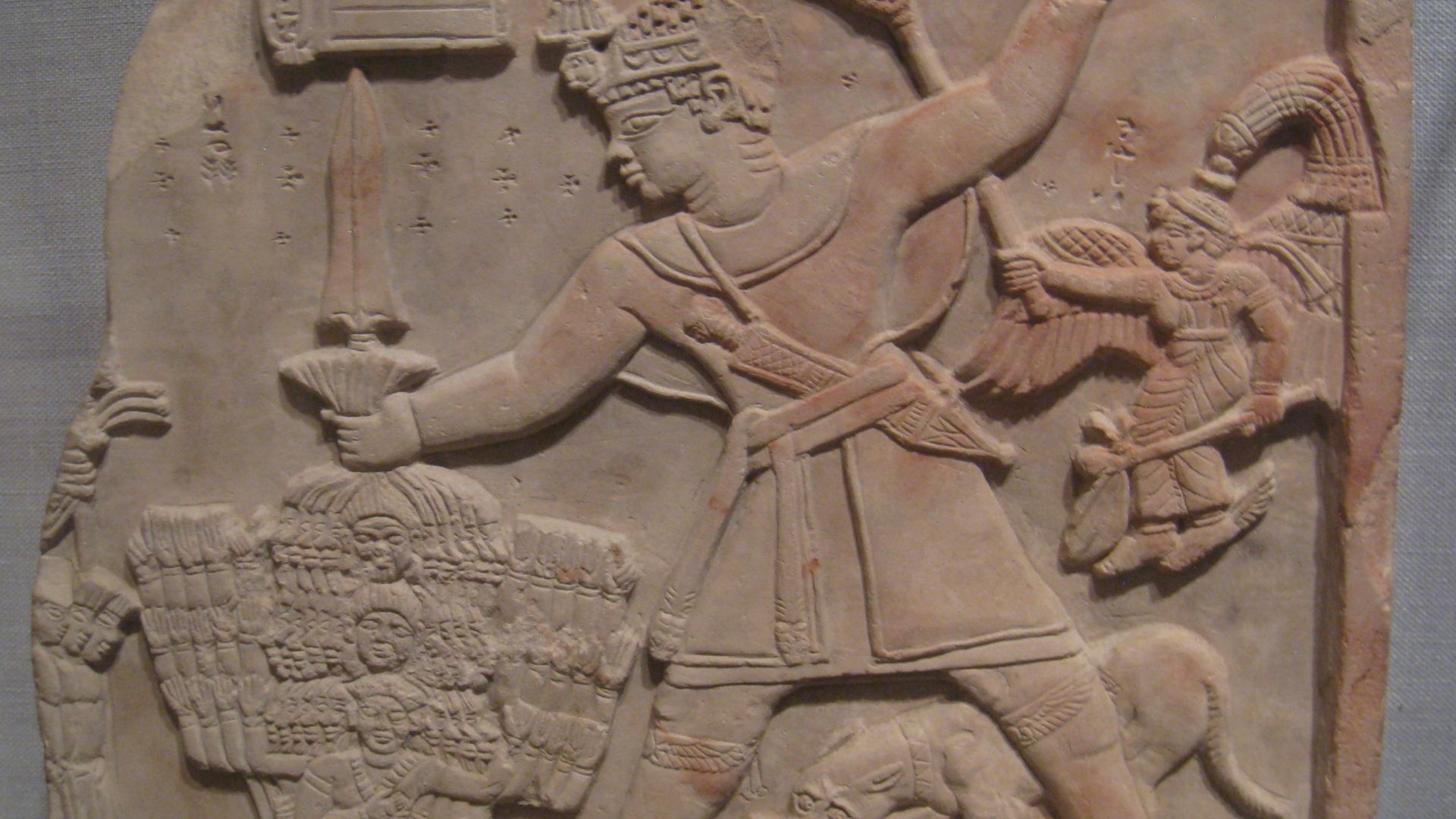 Original artist unknown; photograph by Daderot., Wikimedia Commons
Original artist unknown; photograph by Daderot., Wikimedia Commons
Inca Empire
Food security formed the backbone of Inca society through their amazing agricultural innovations. The waru waru system of raised beds developed microclimates that protected crops from frost at high altitudes. Plus, the terraced mountainsides were used as productive farmland, with state granaries storing surplus harvests.
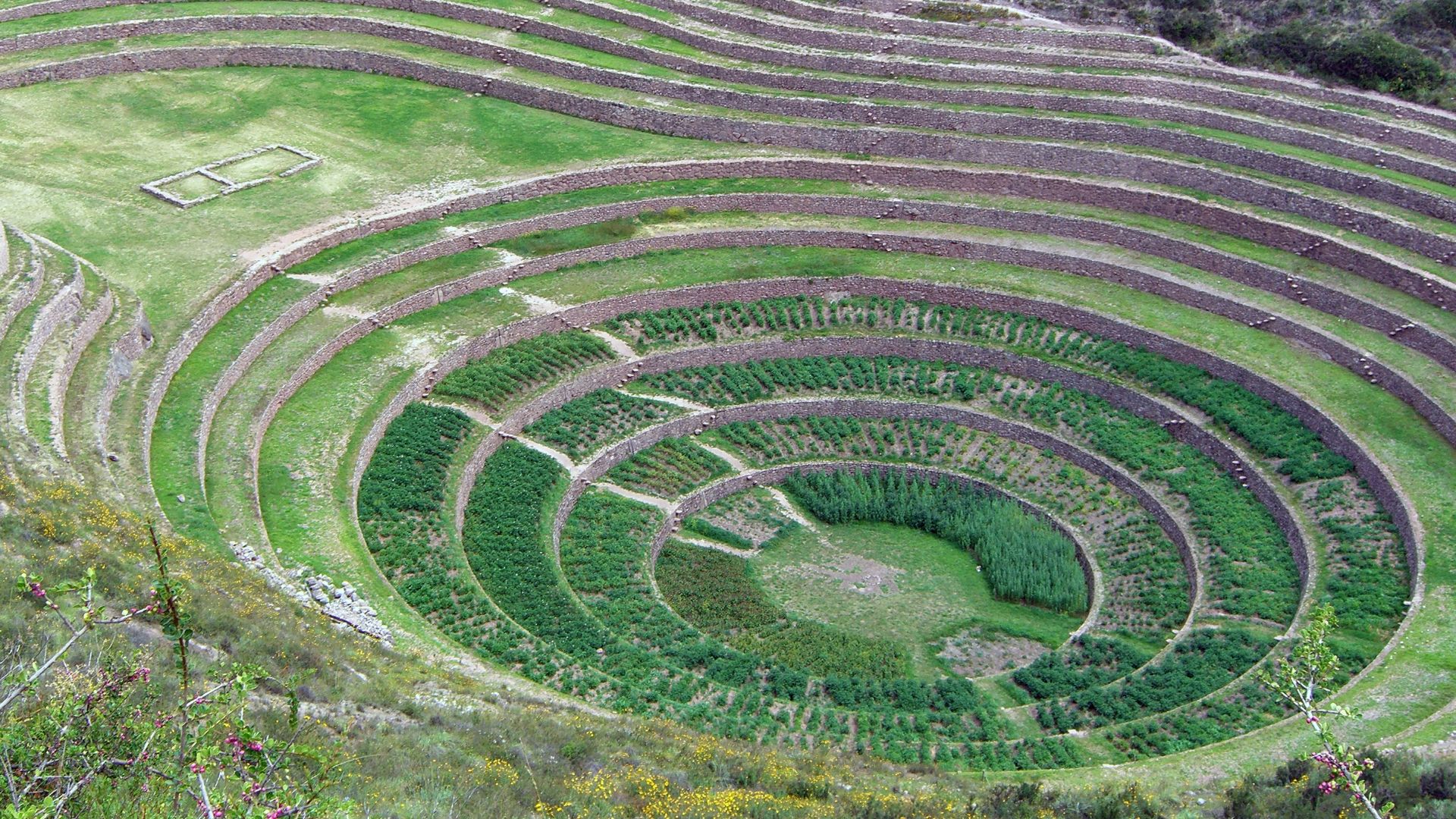 Philipp Weigell, Wikimedia Commons
Philipp Weigell, Wikimedia Commons
Inca Empire (Cont.)
Hence, no citizen would go hungry, even during drought years. At its height, Inca engineering connected 25,000 miles of roads across some really challenging terrain. Through the mit'a labor system, citizens contributed labor for just a few weeks annually, receiving food and chicha during their service.
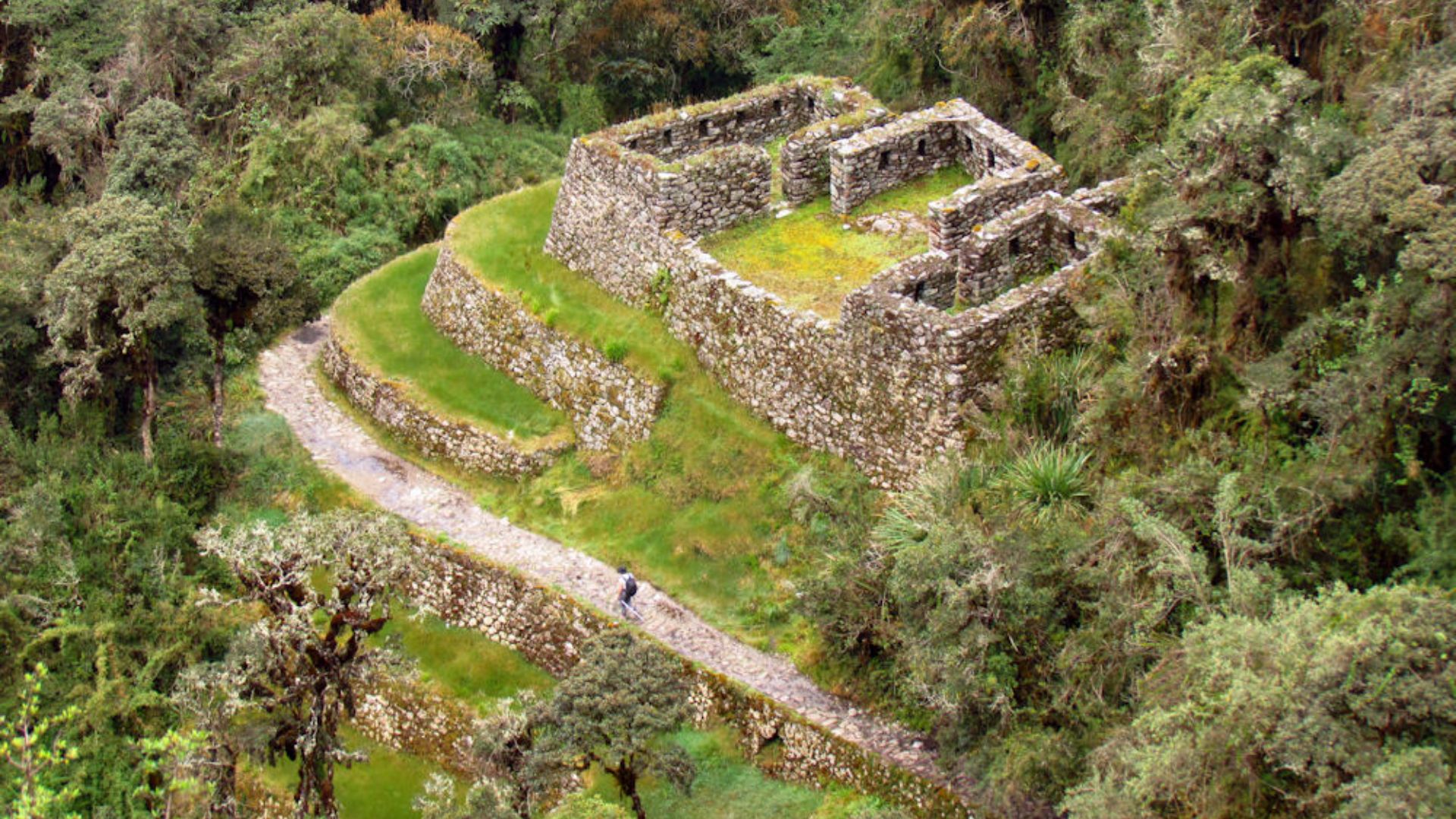 D. Gordon E. Robertson, Wikimedia Commons
D. Gordon E. Robertson, Wikimedia Commons
Phoenician Civilization
Did you know the Phoenicians pioneered night navigation using the North Star? They developed the trireme ship design that dominated Mediterranean warfare for centuries and likely circumnavigated Africa years before European explorers. Their trading colonies stretched from modern Spain to Lebanon.
Phoenician Civilization (Cont.)
The Phoenician alphabet, just 22 simple characters, enhanced written communication across the Mediterranean. Previous writing systems required memorizing hundreds of symbols, limiting literacy to specialized scribes. This invention democratized written knowledge, eventually growing into Greek, Latin, Arabic, and Hebrew scripts we still use today.


